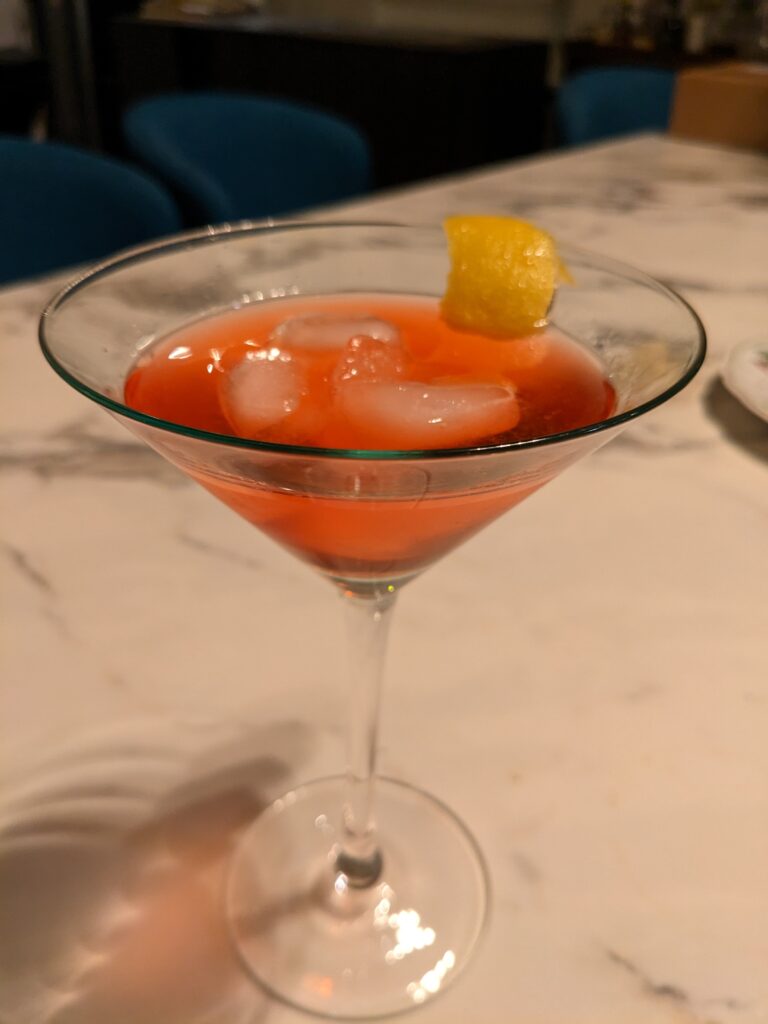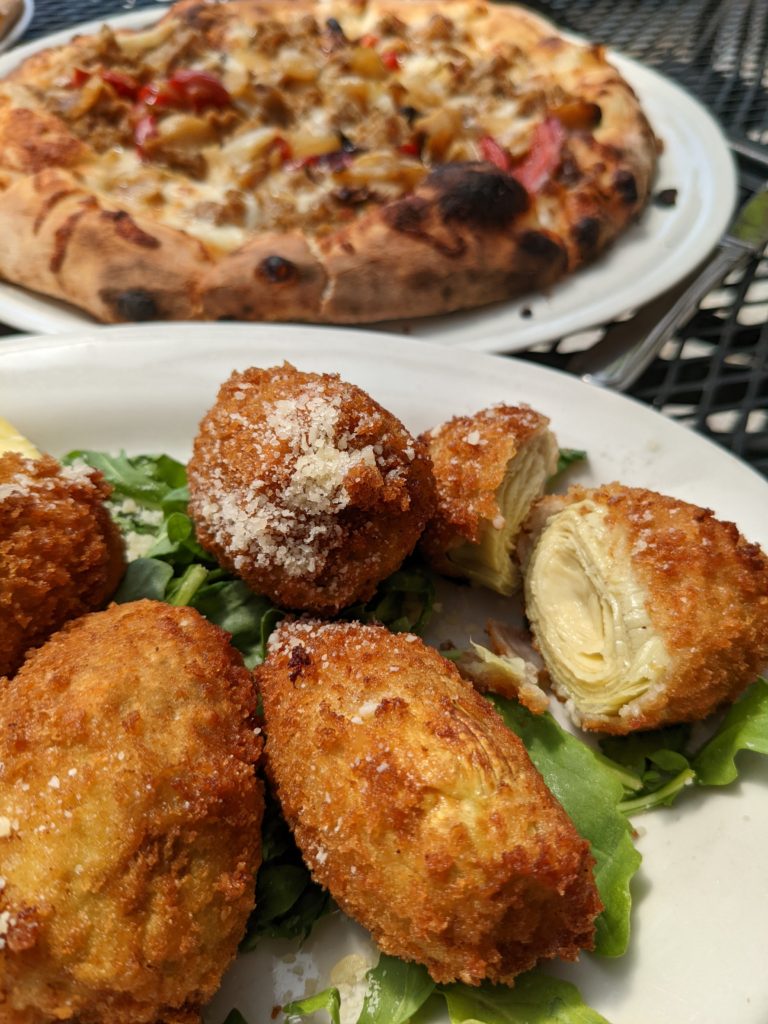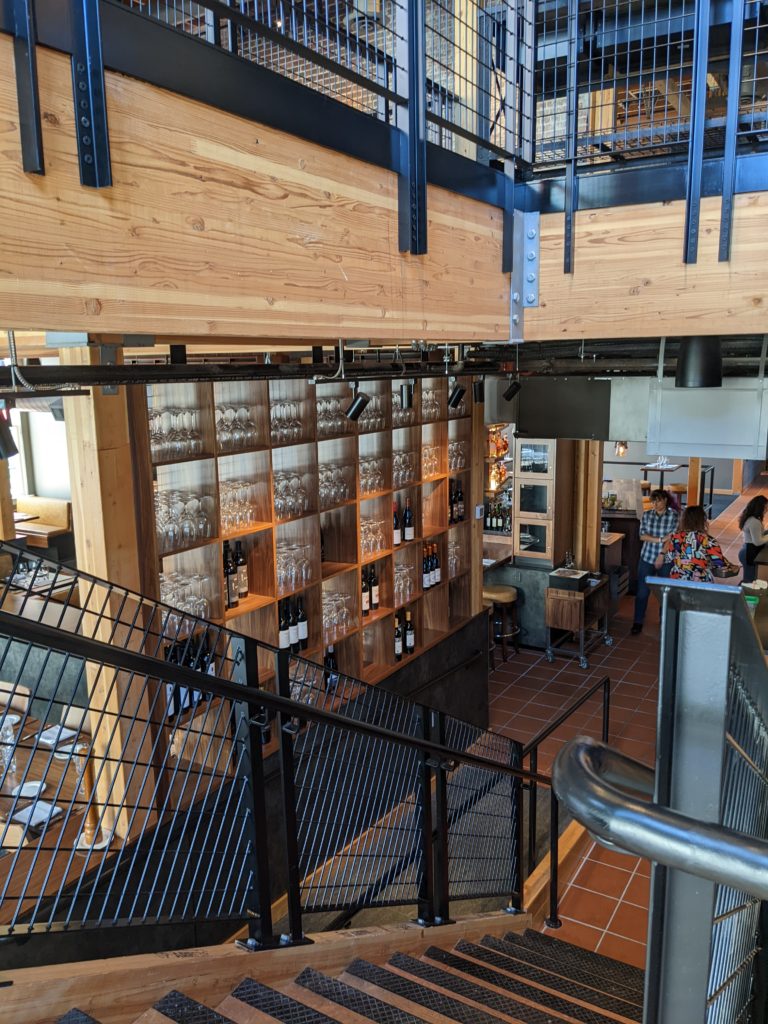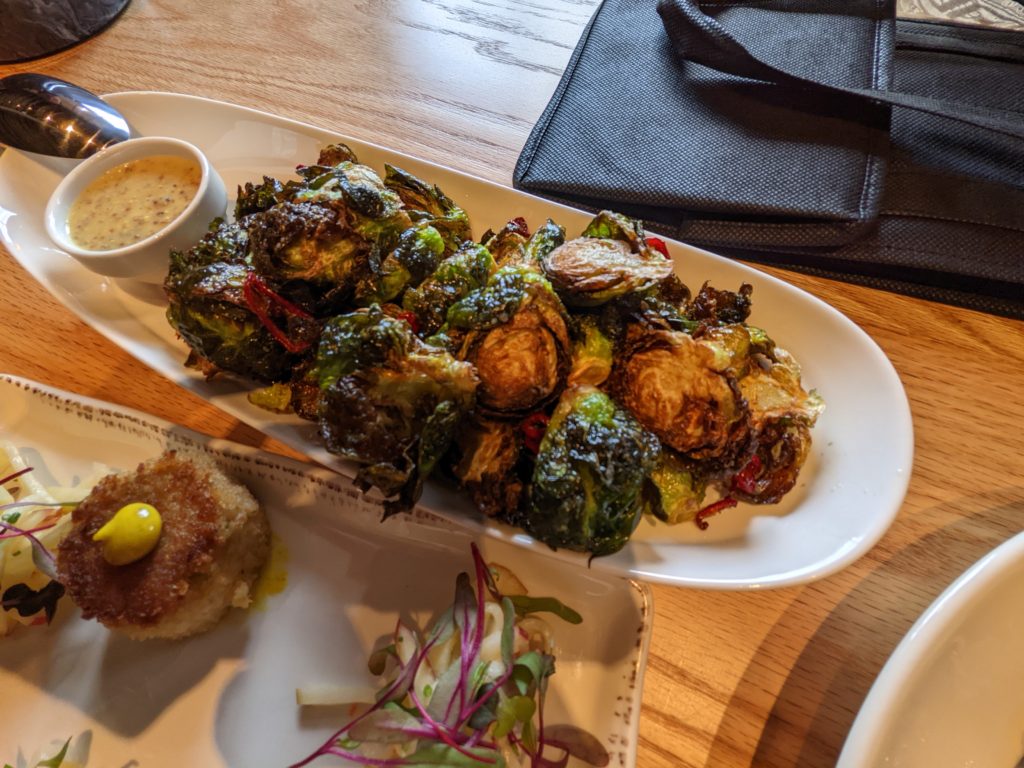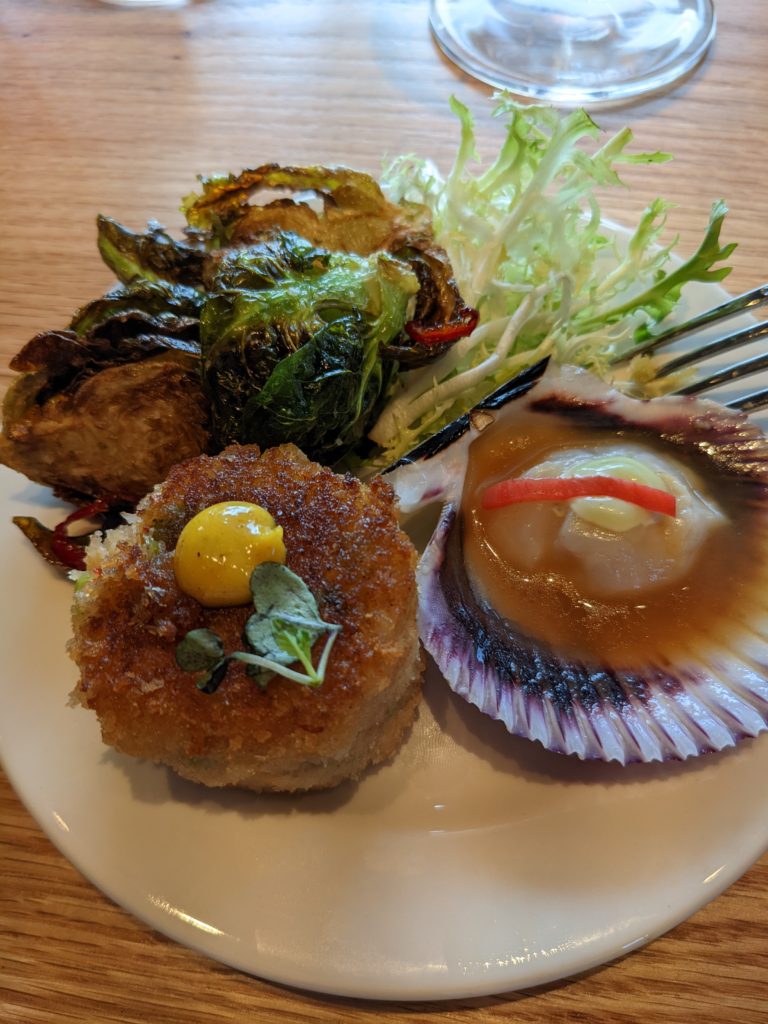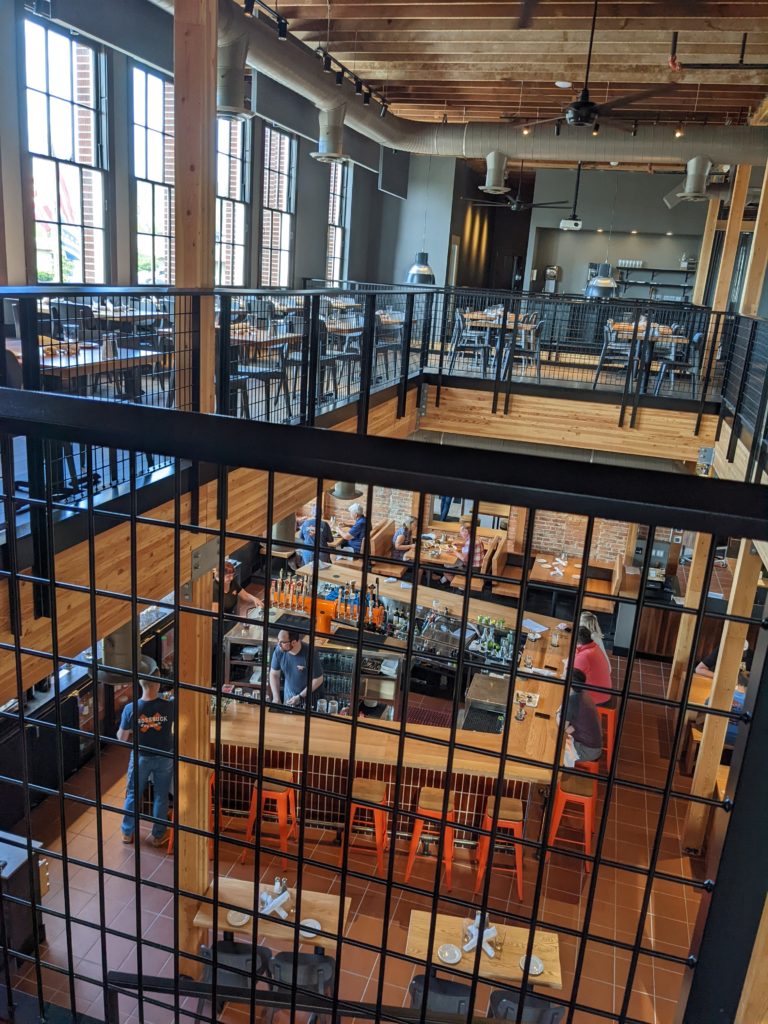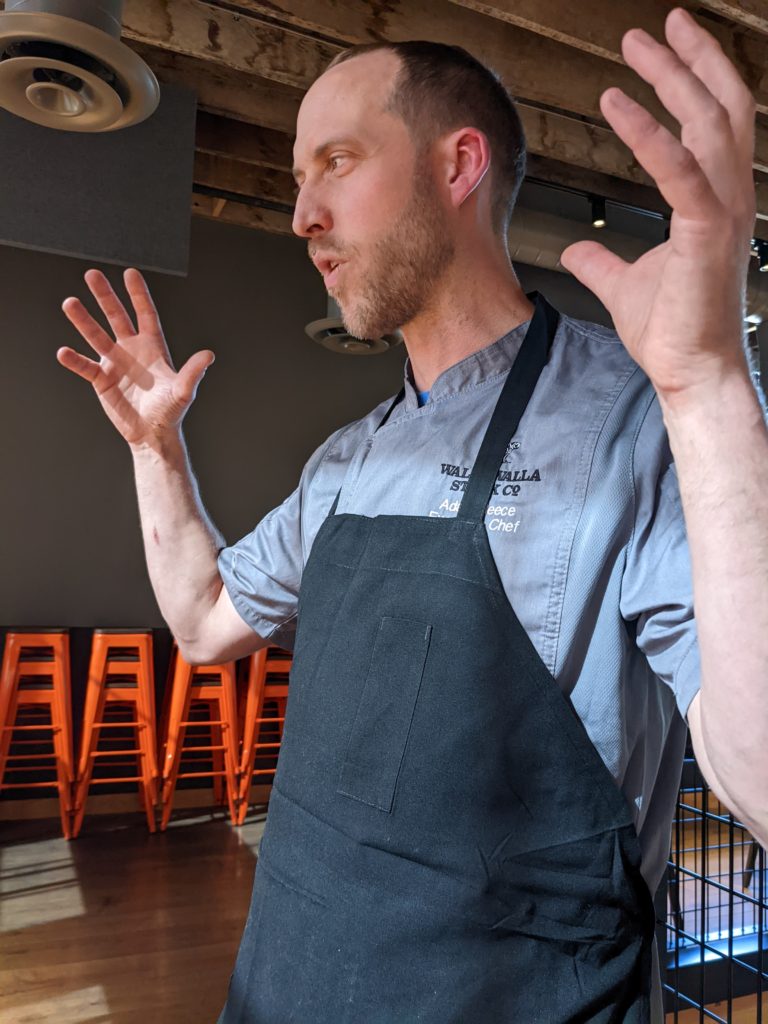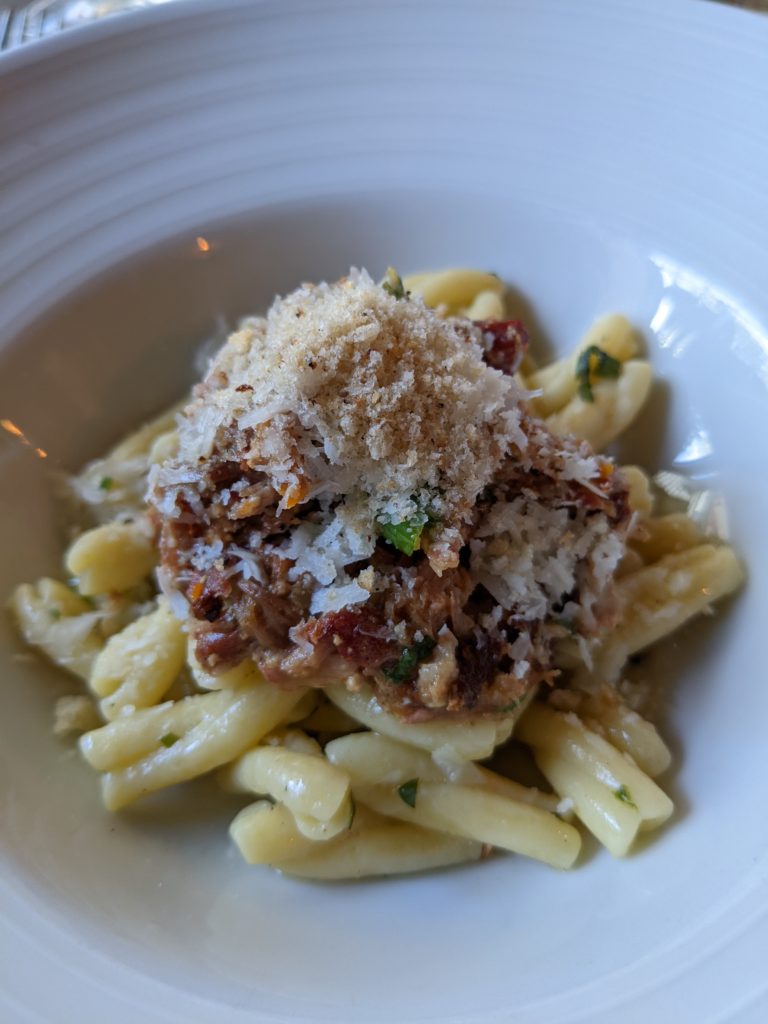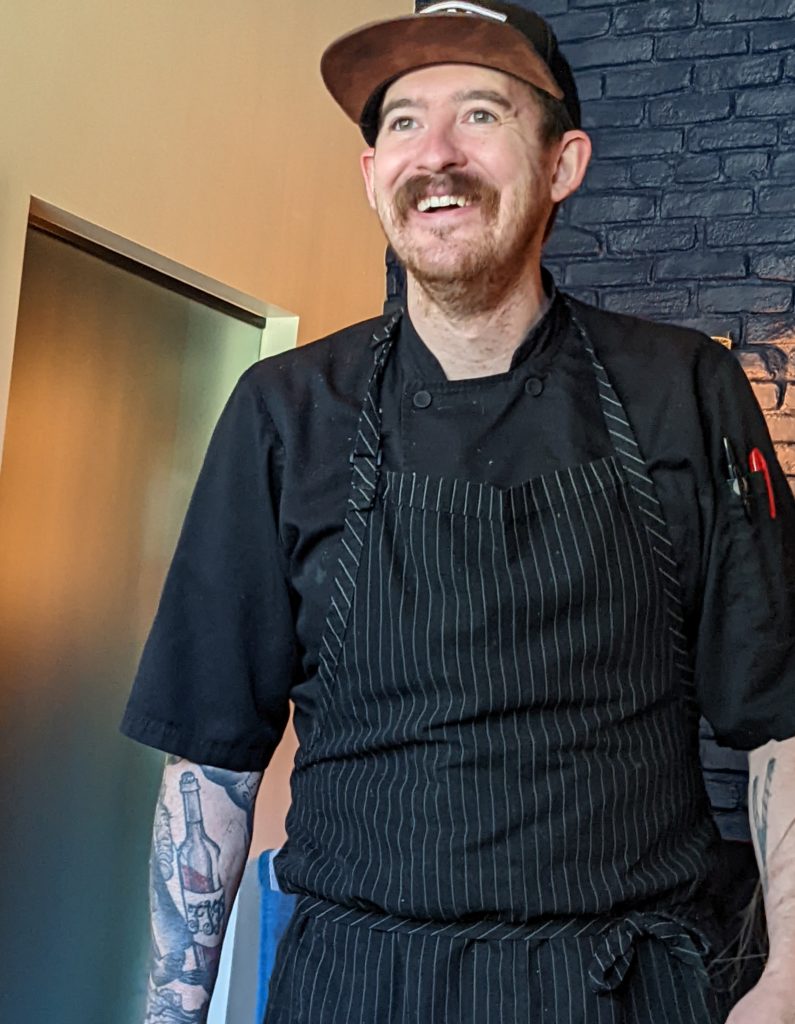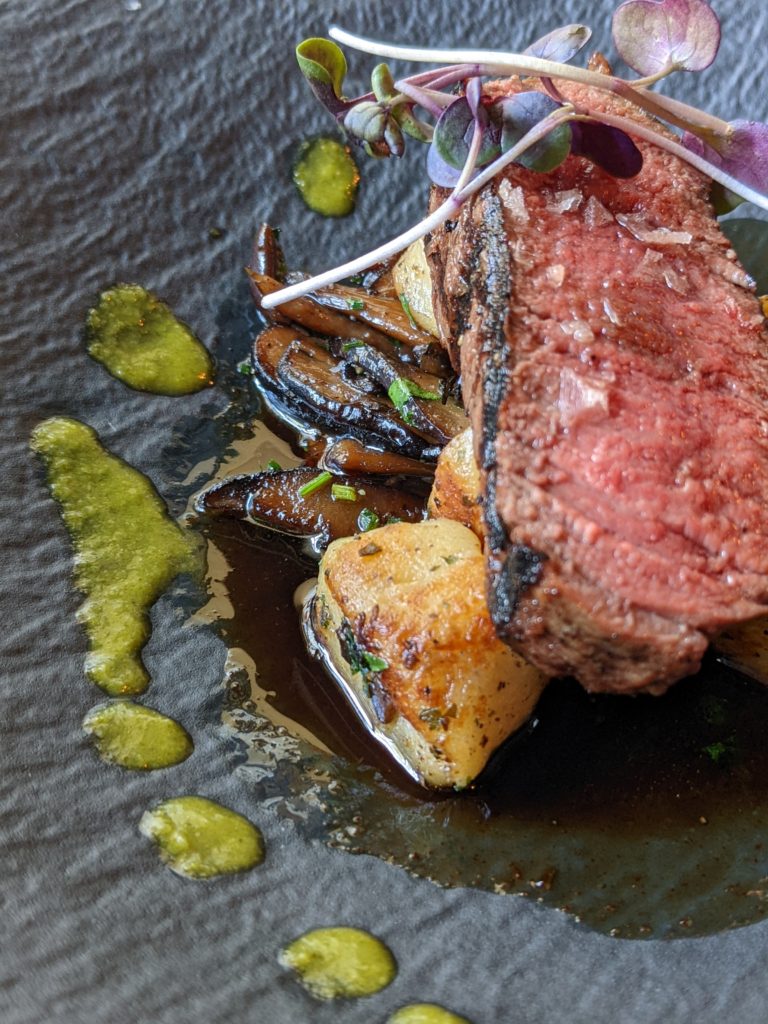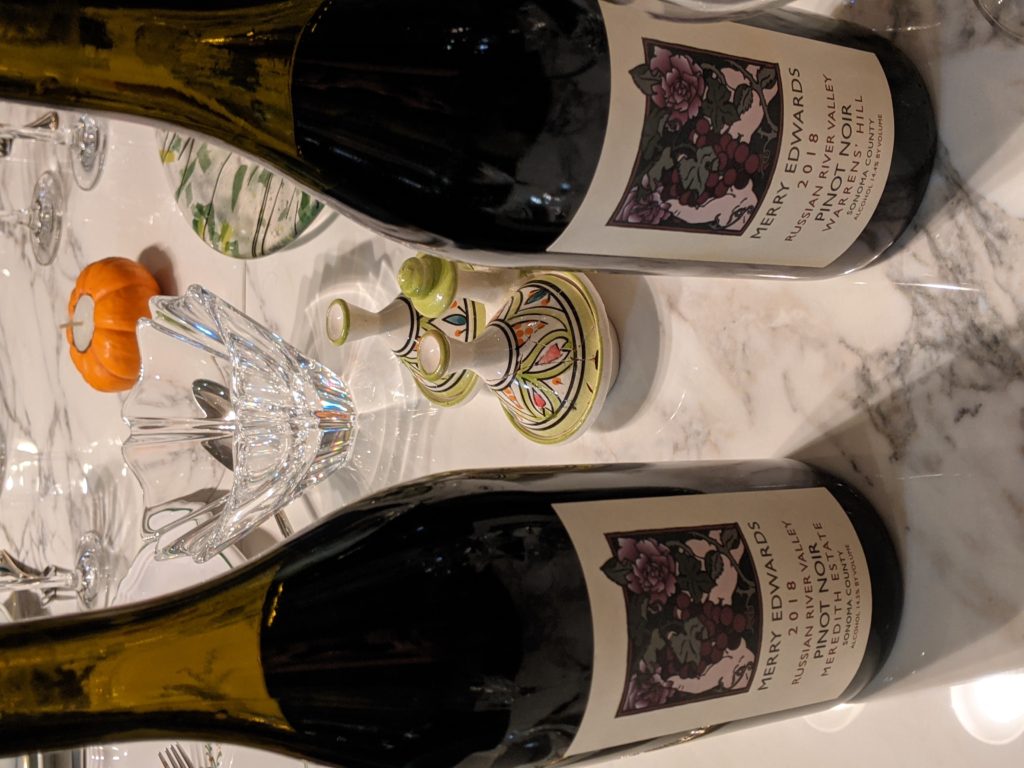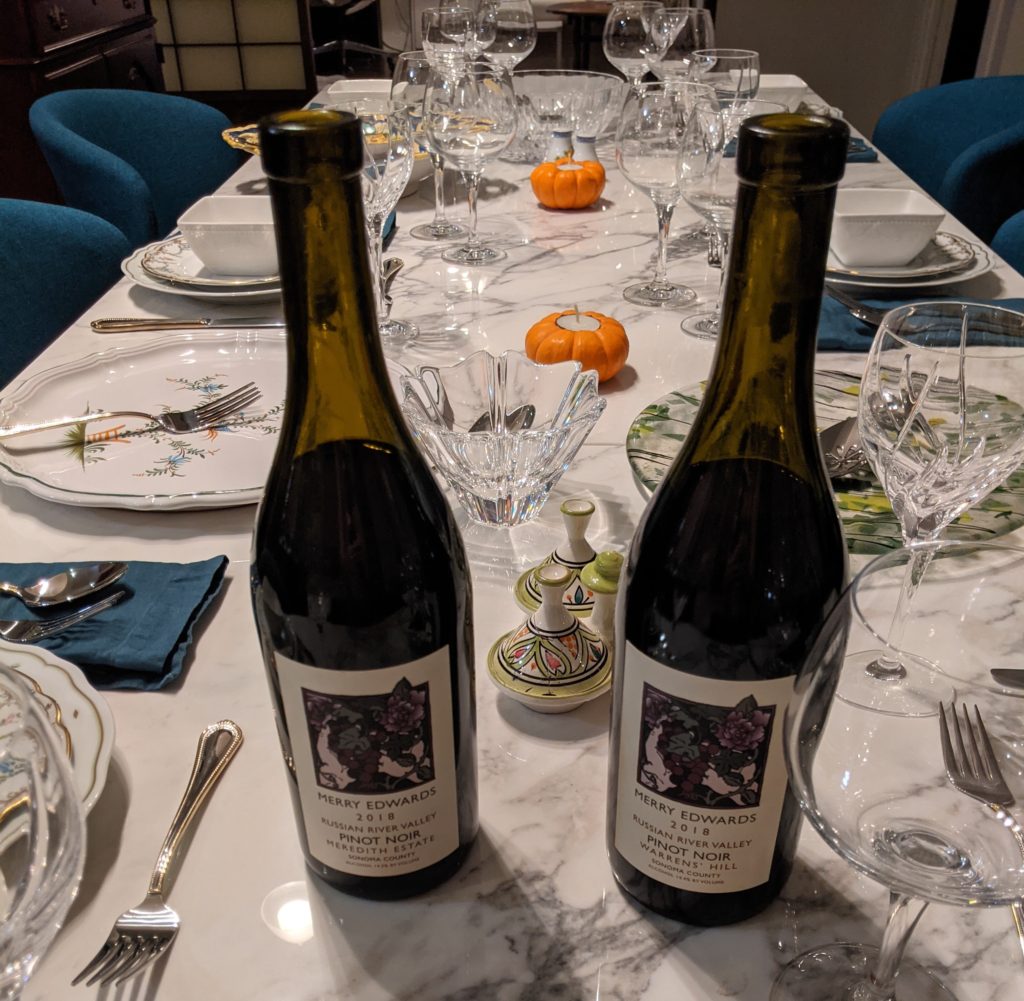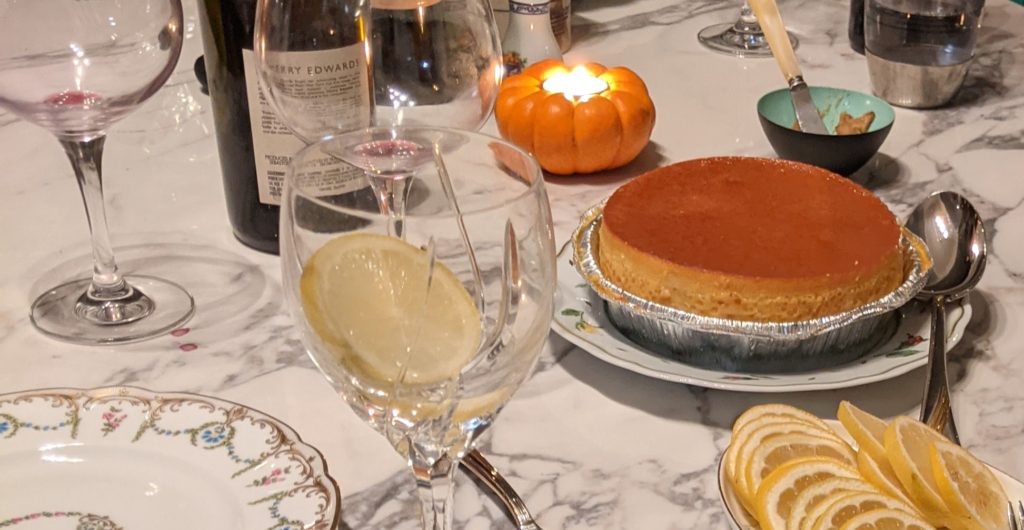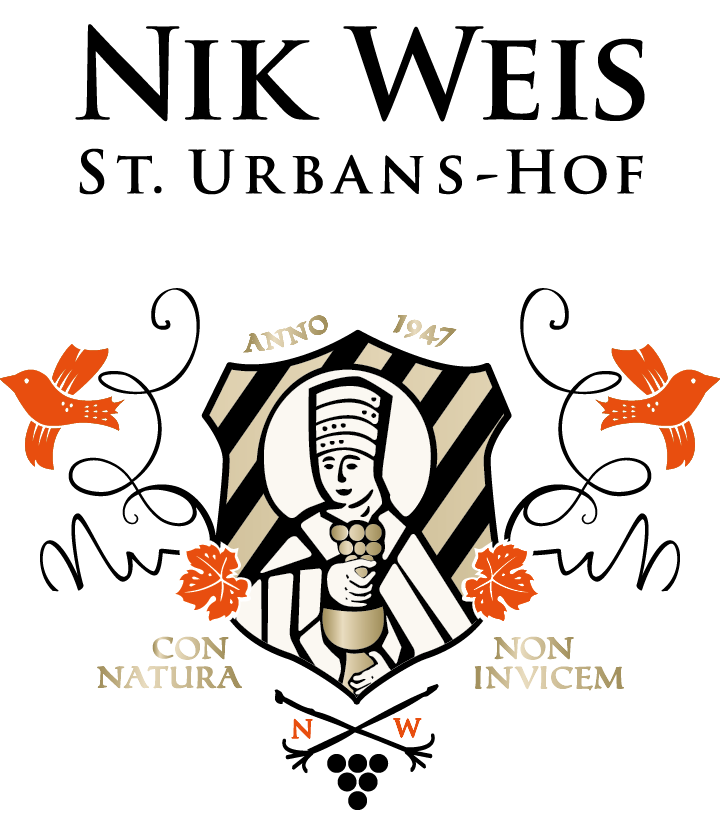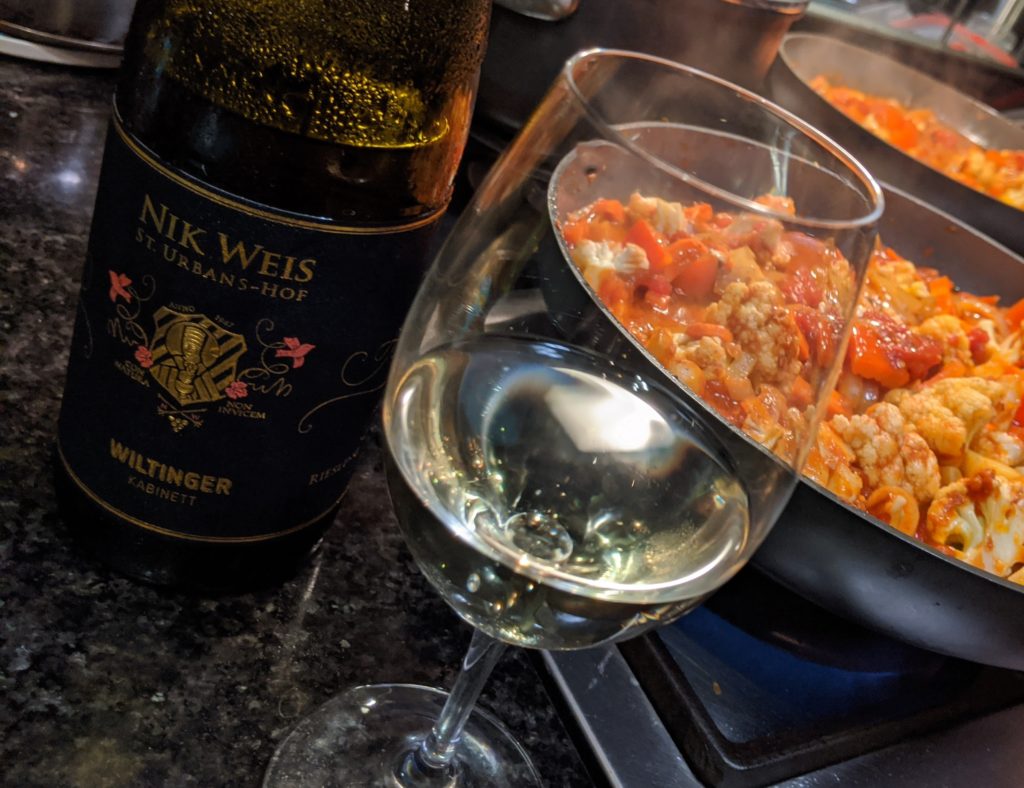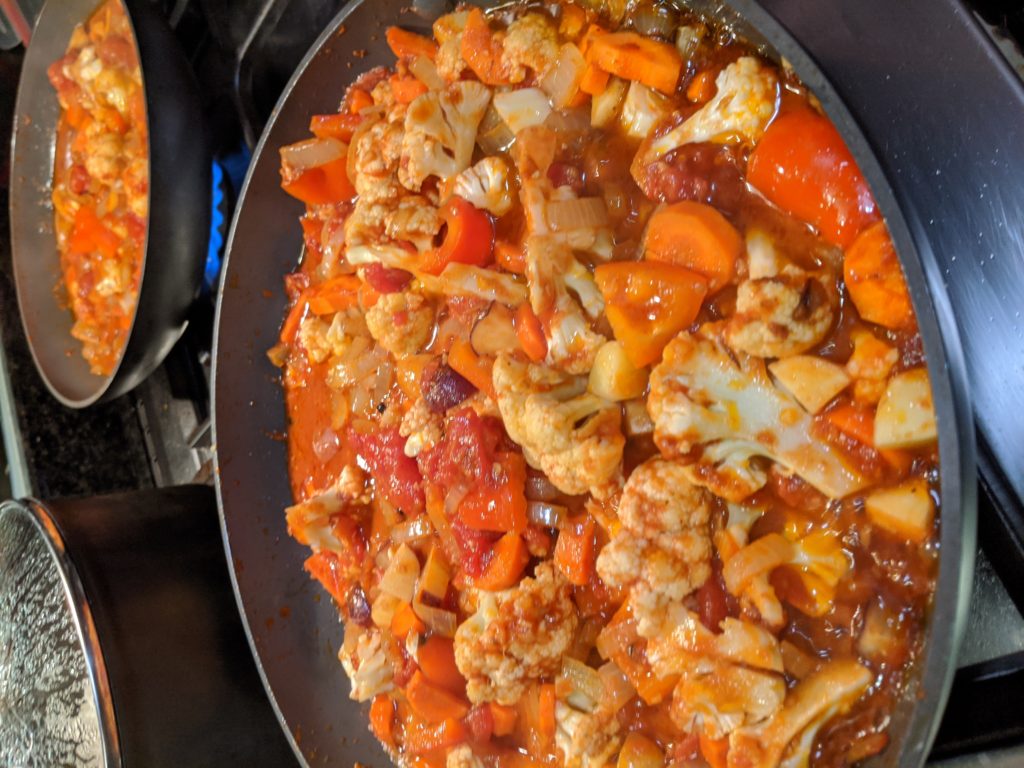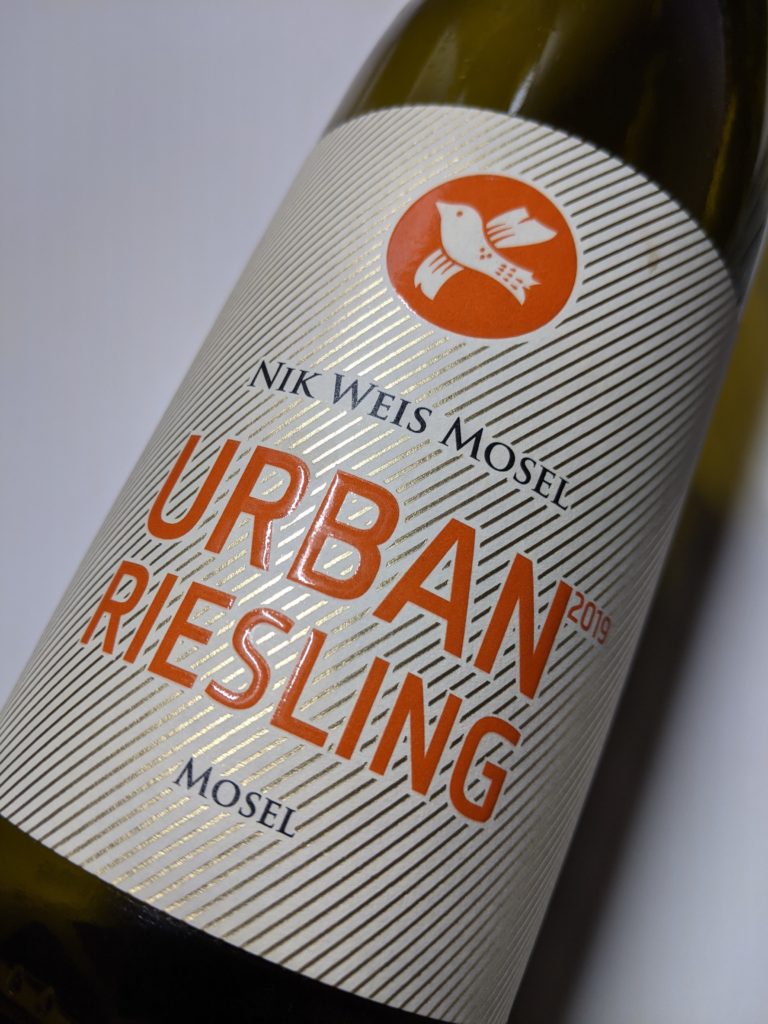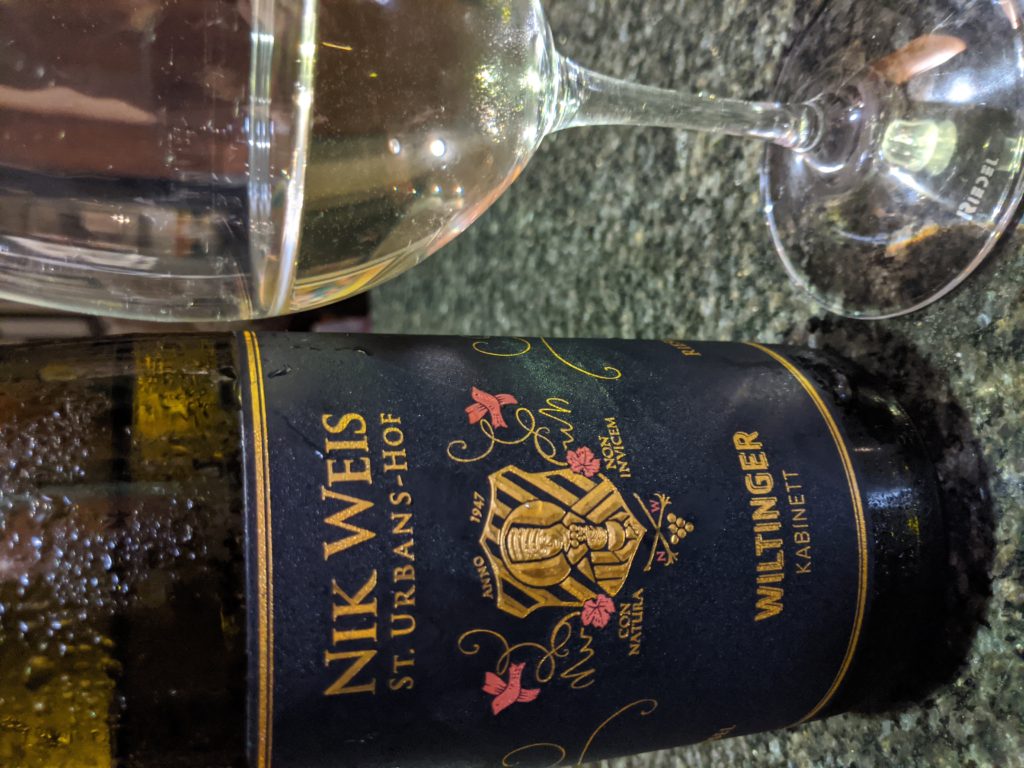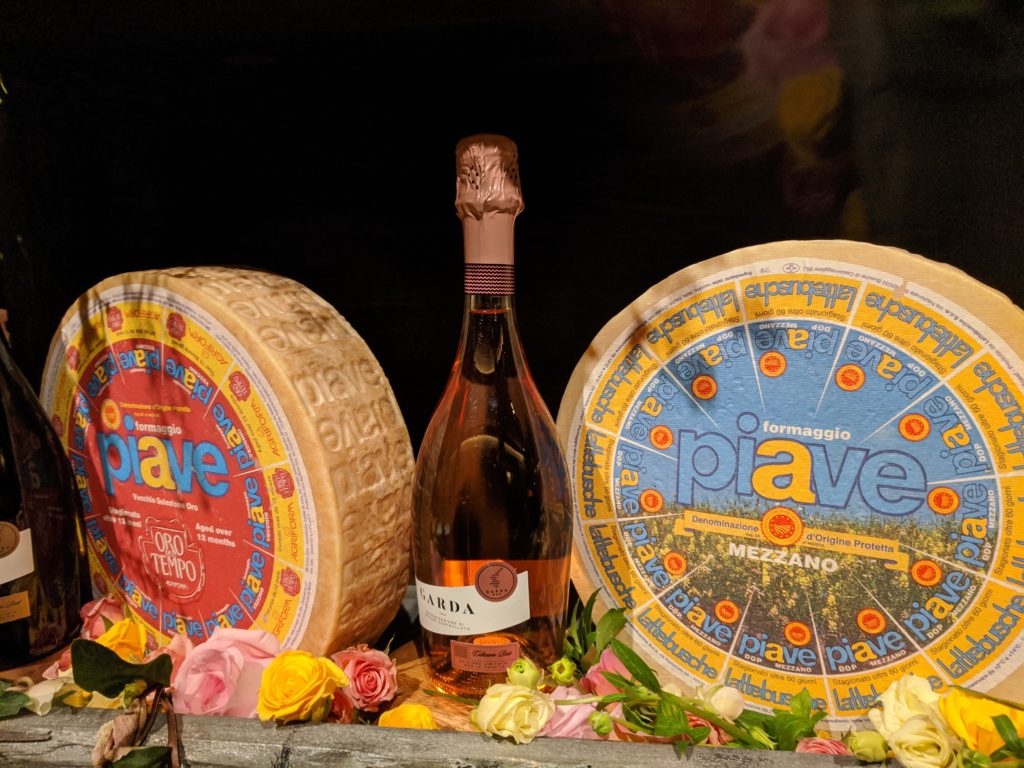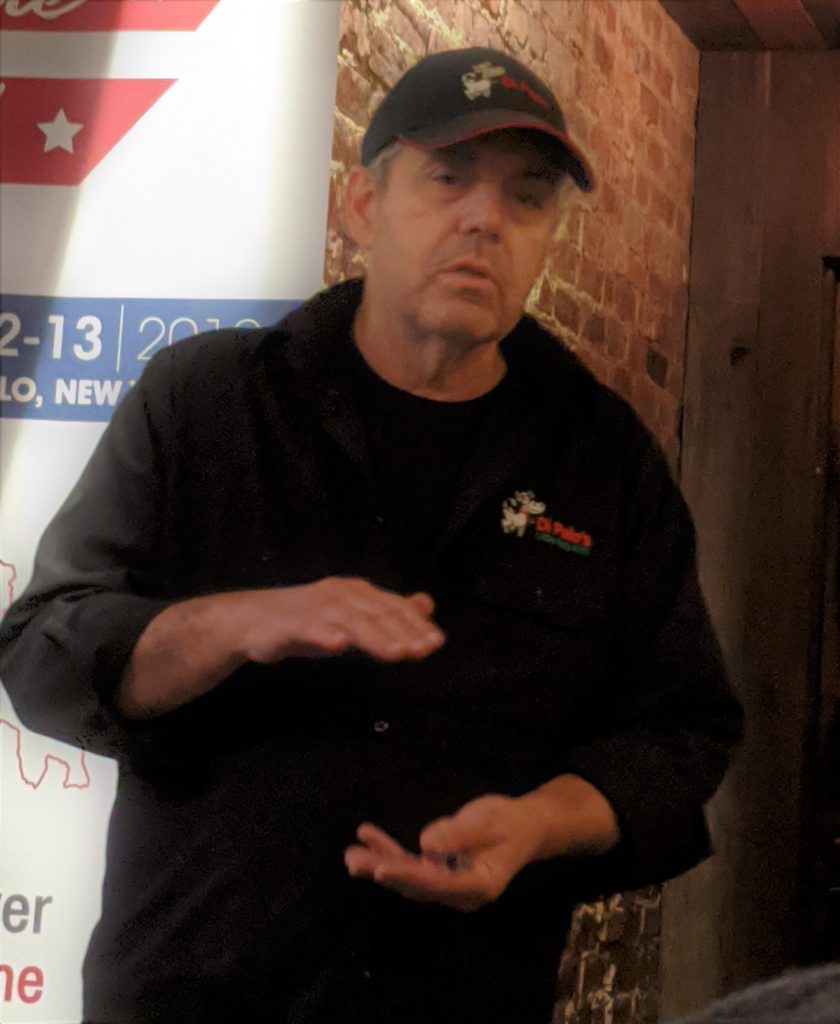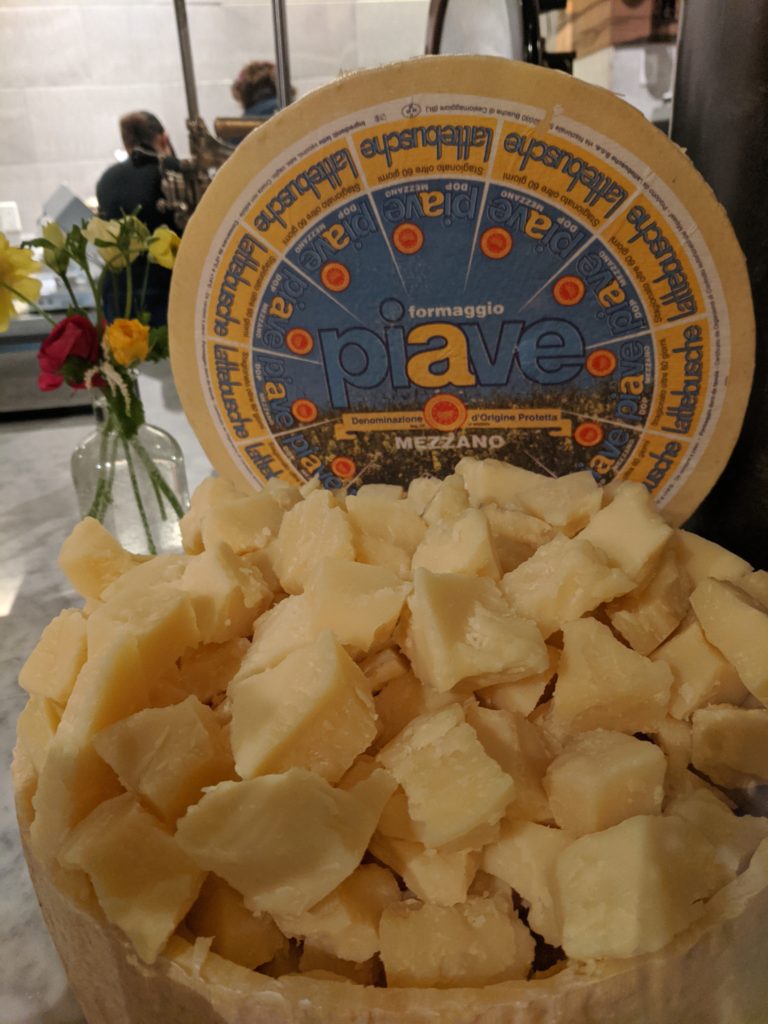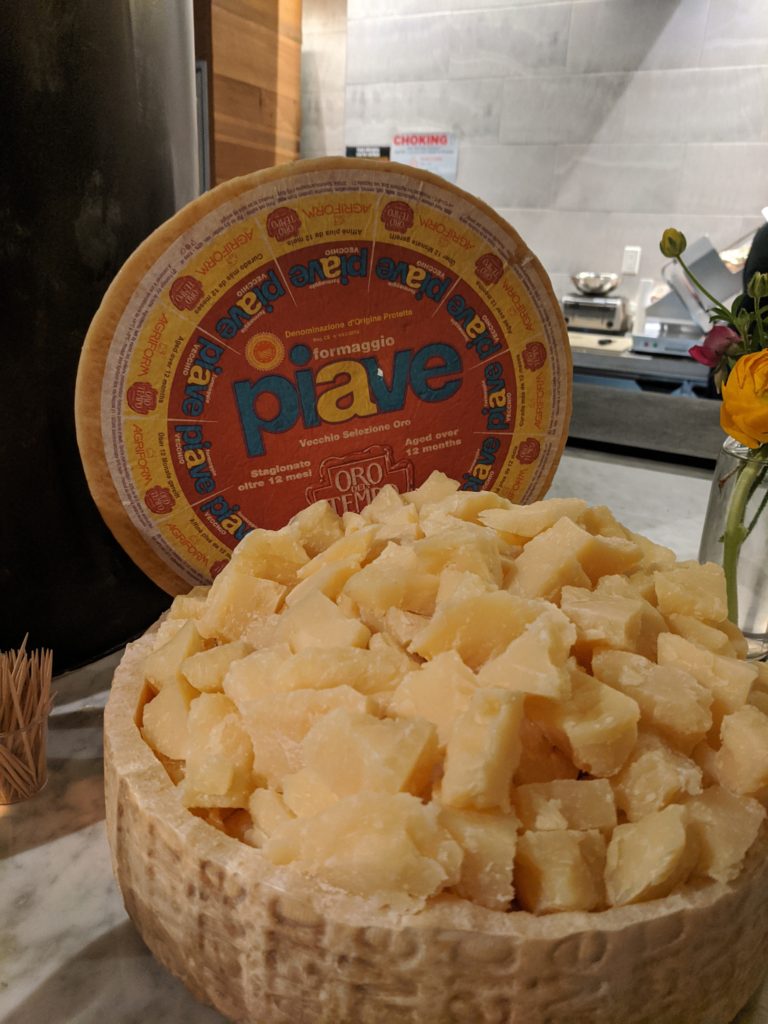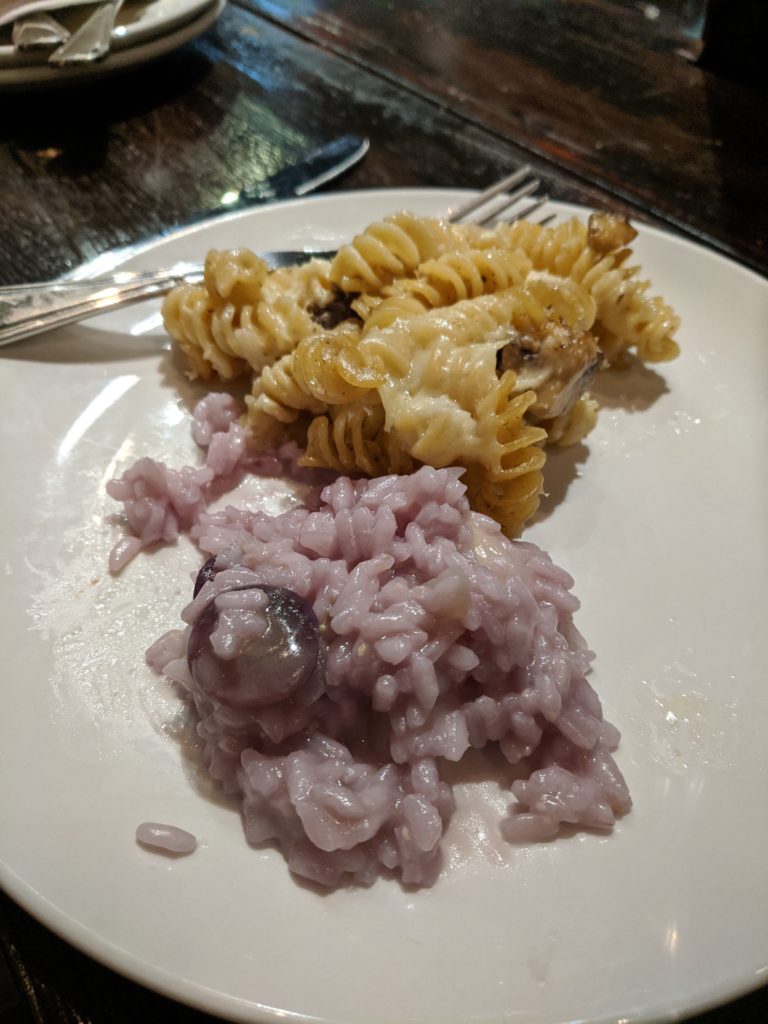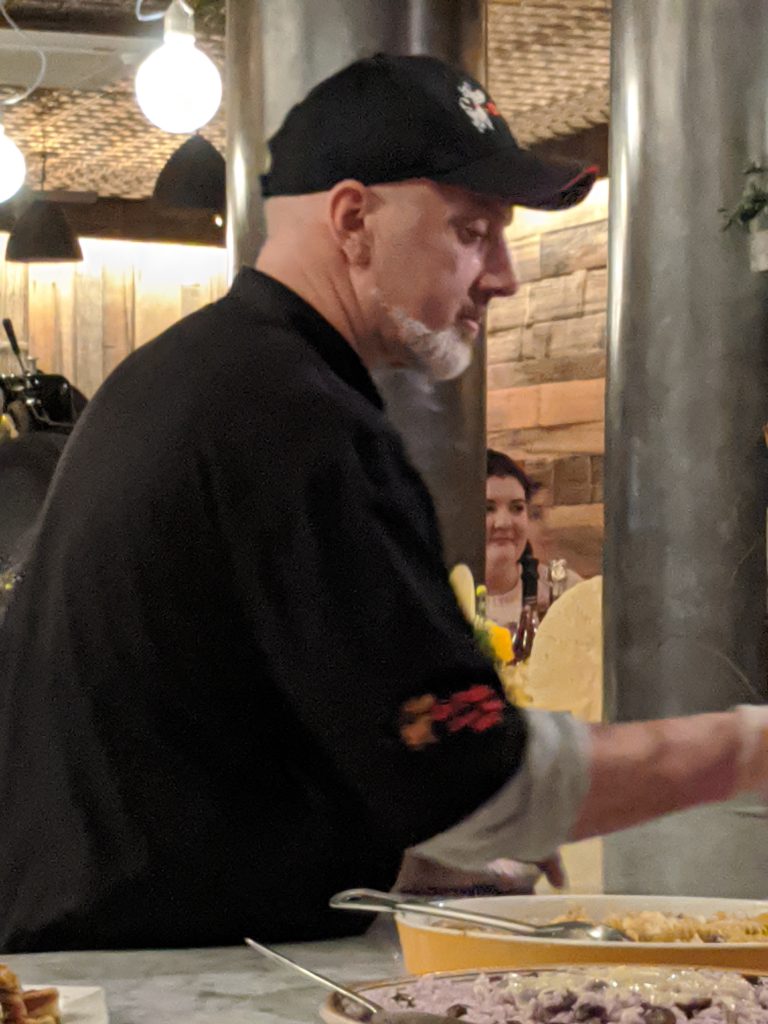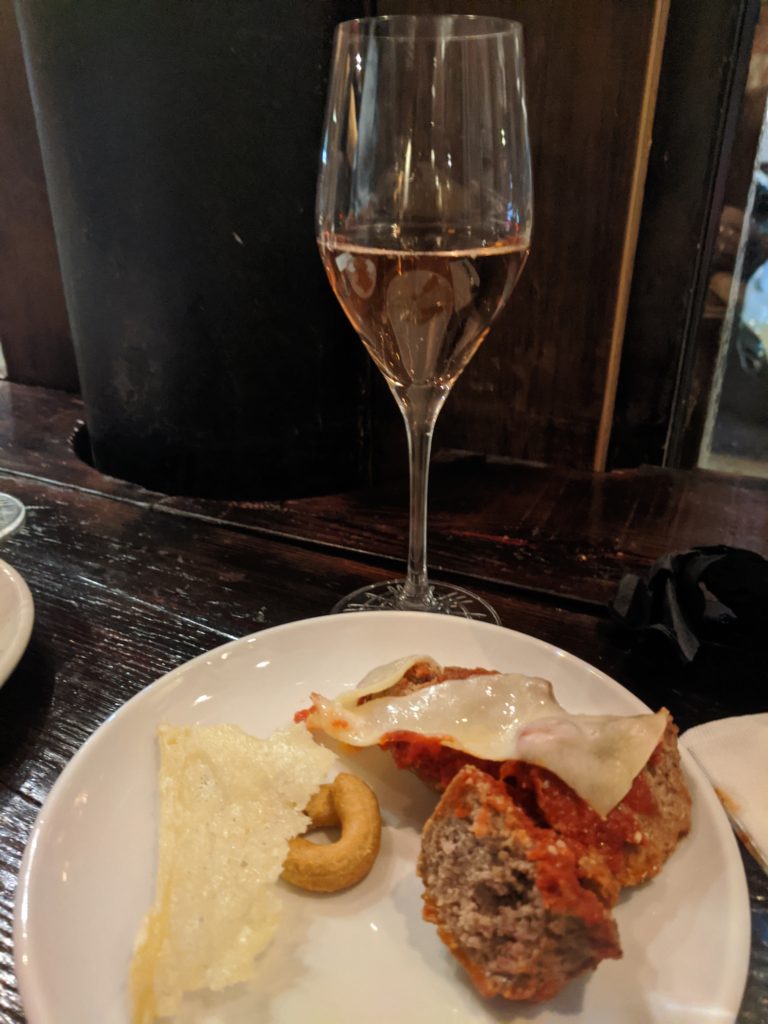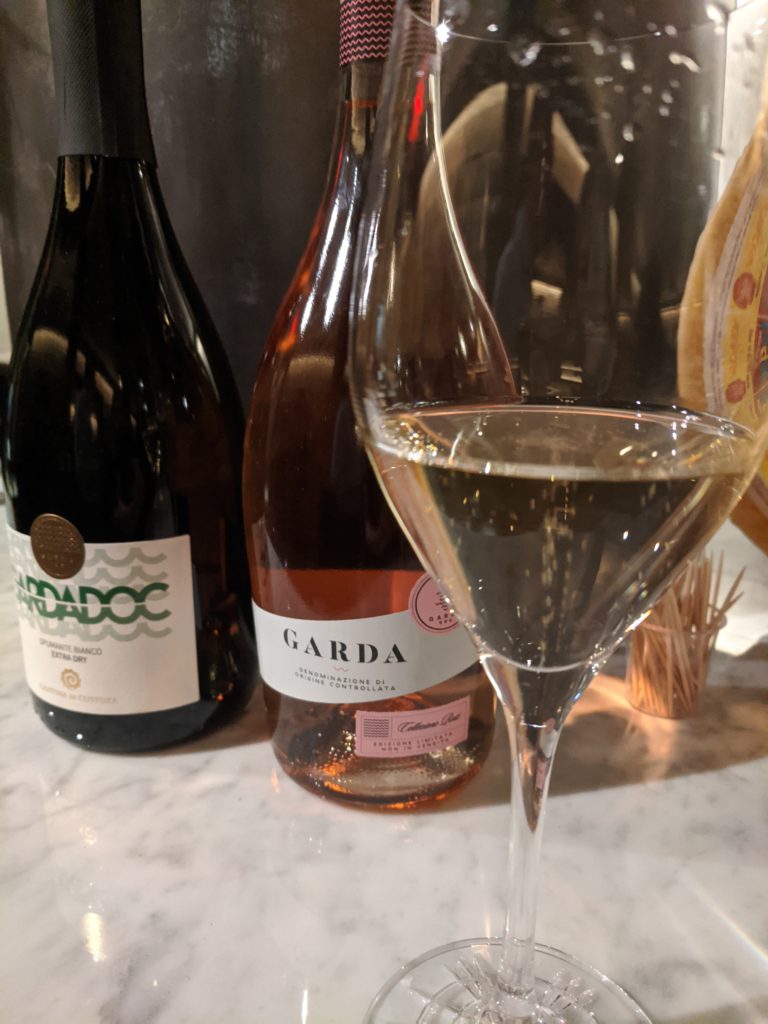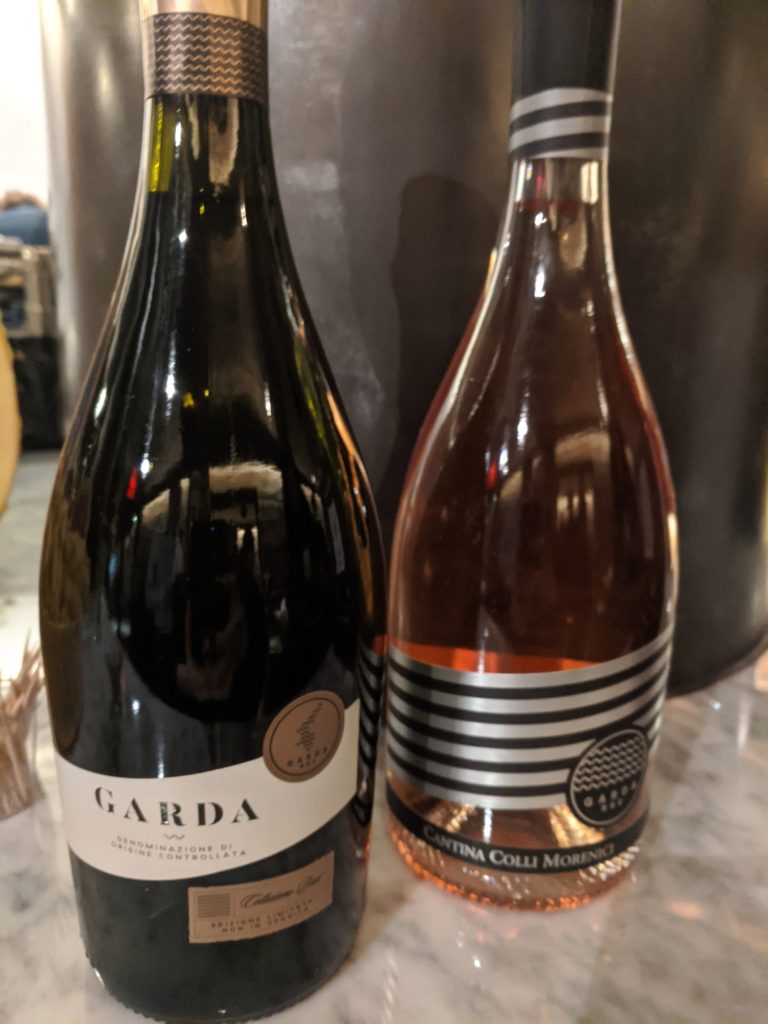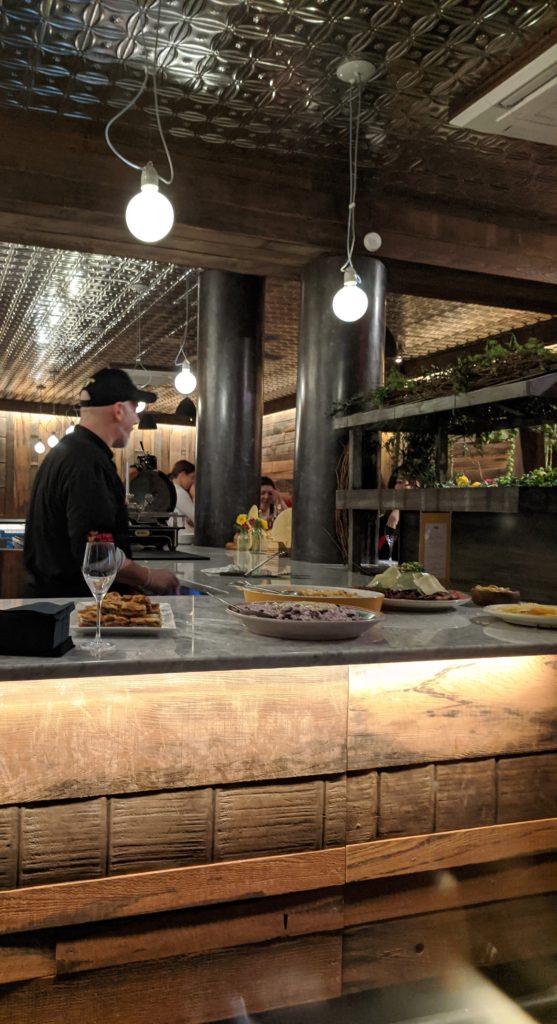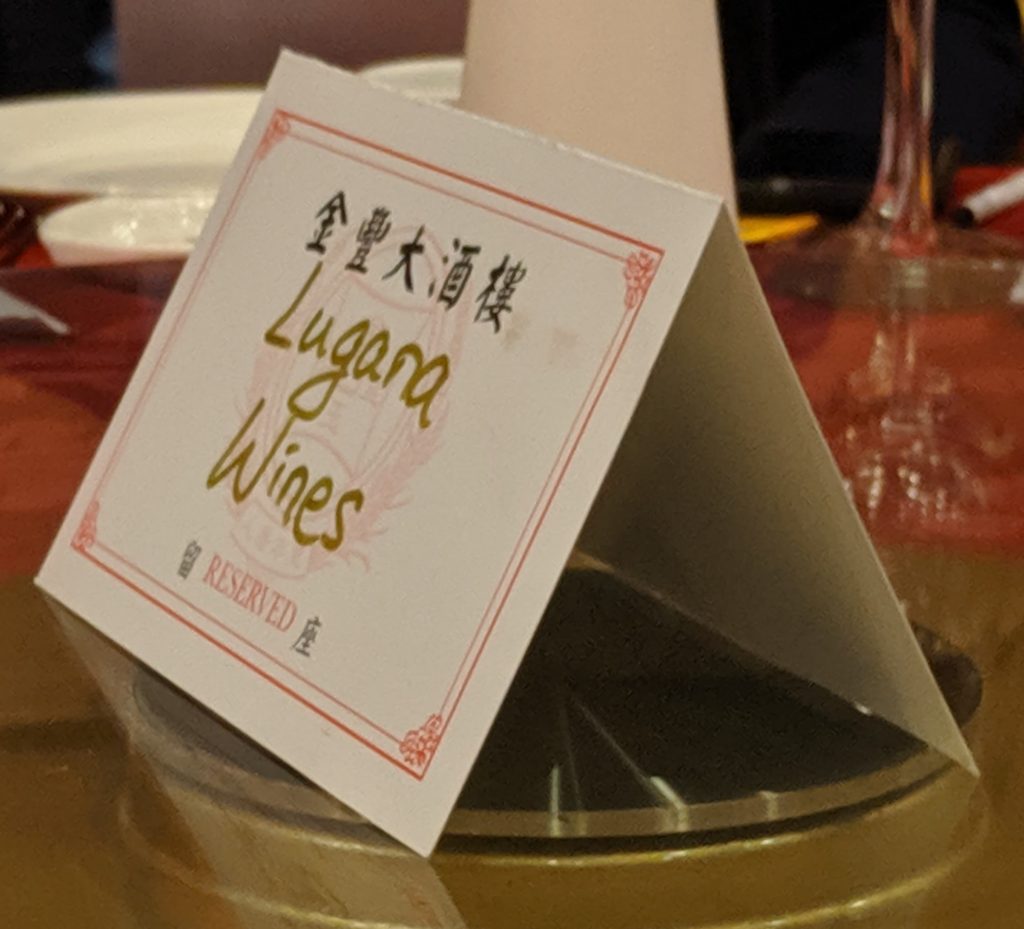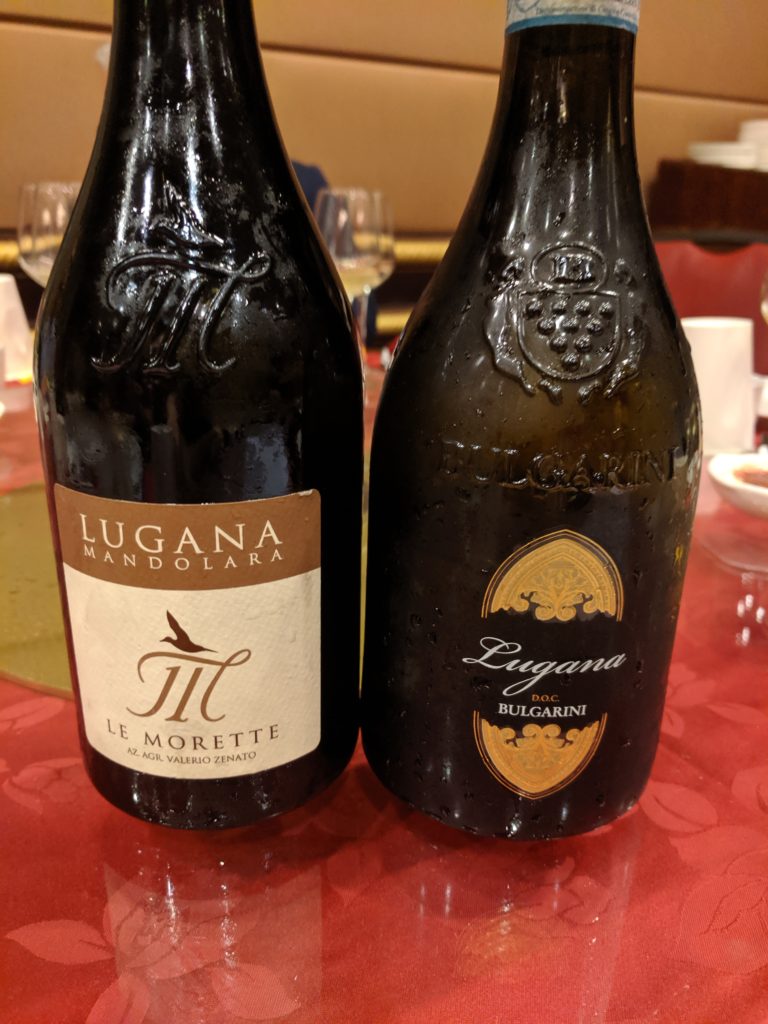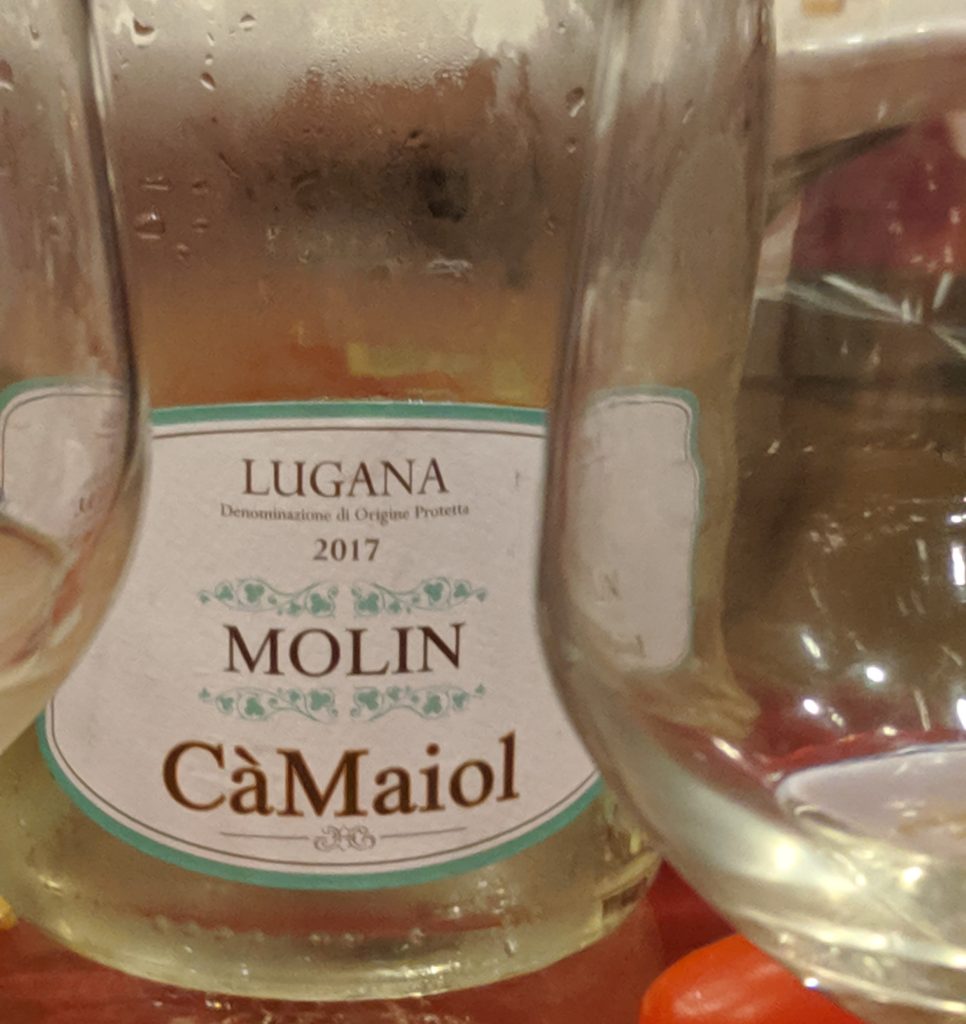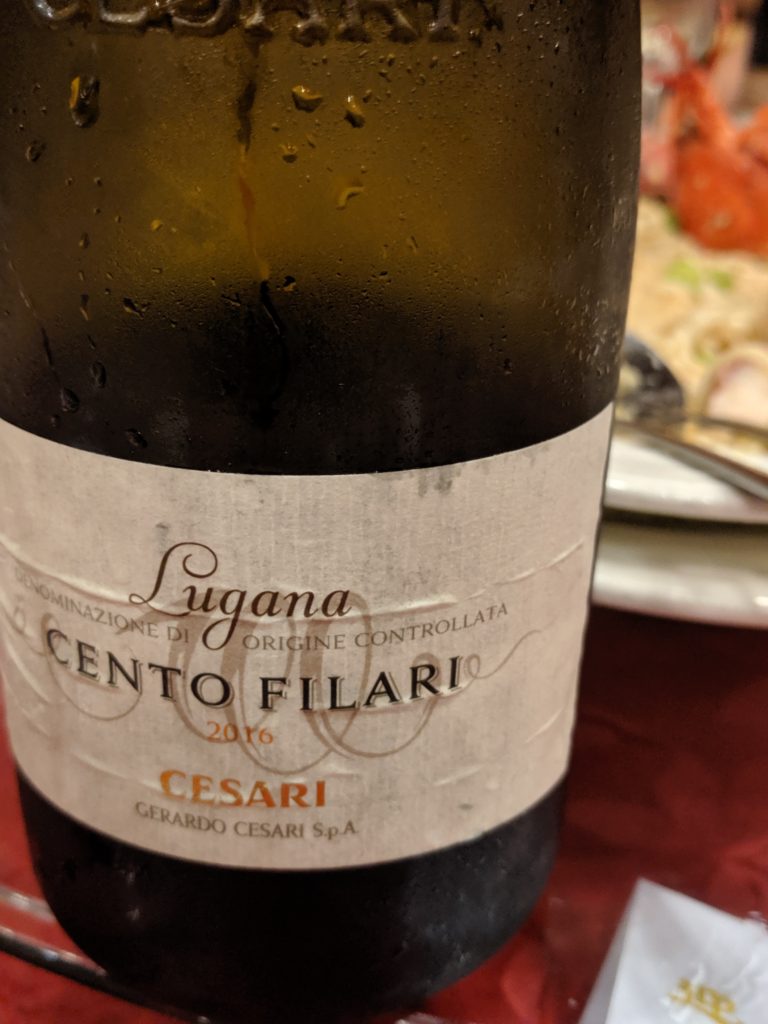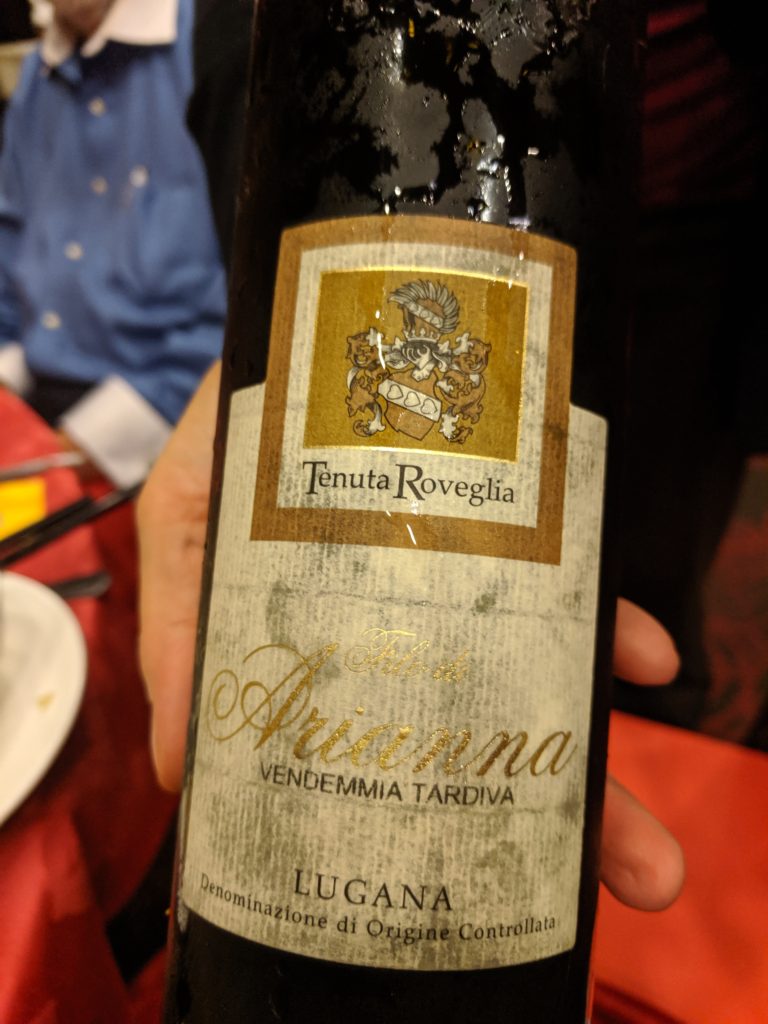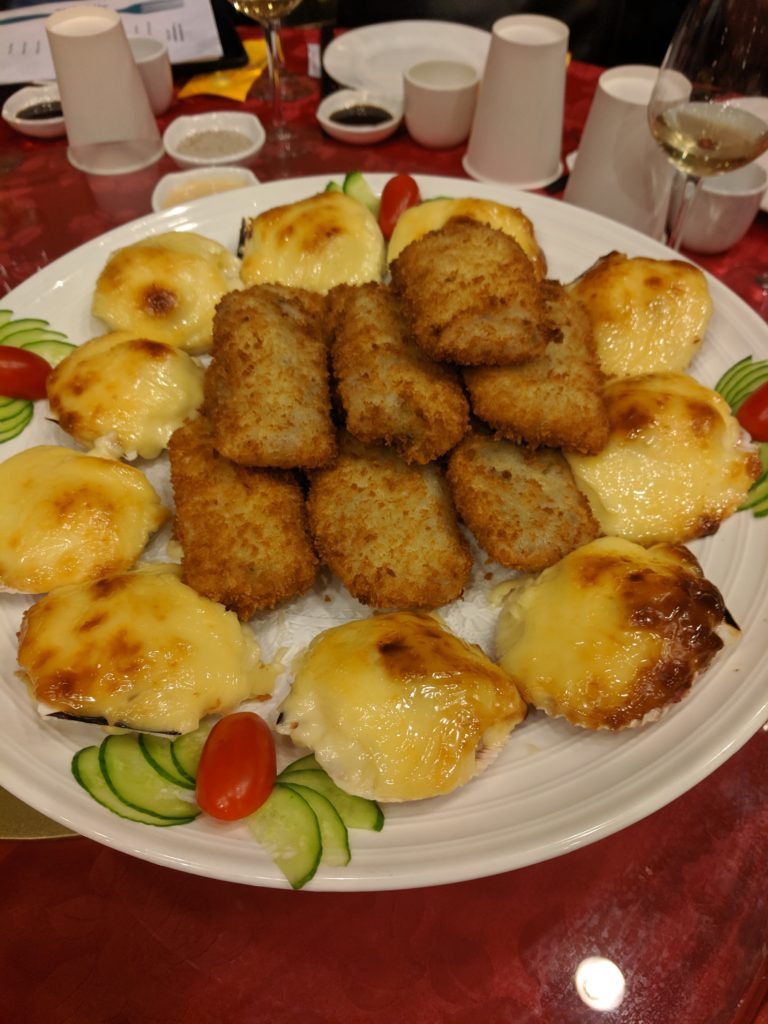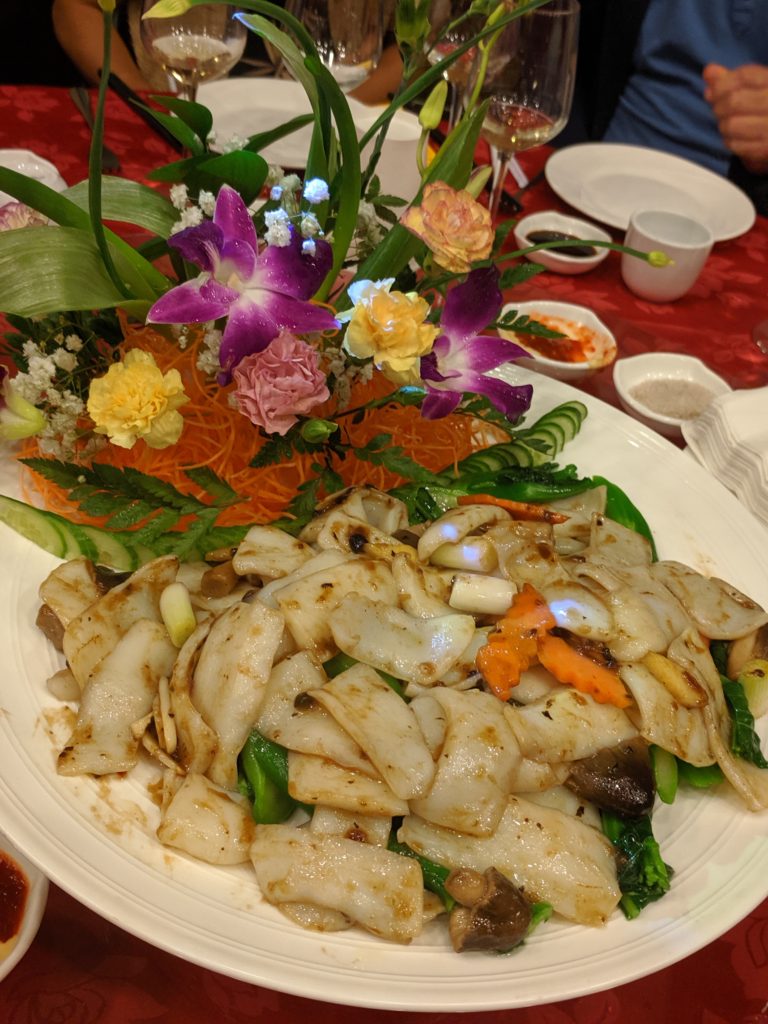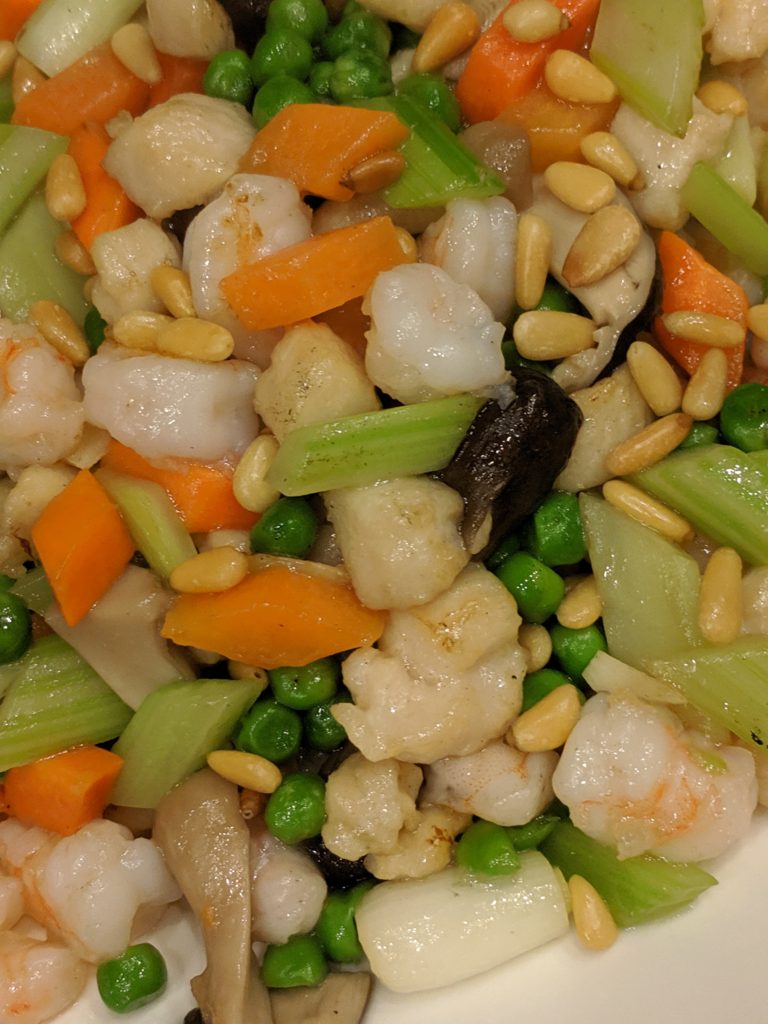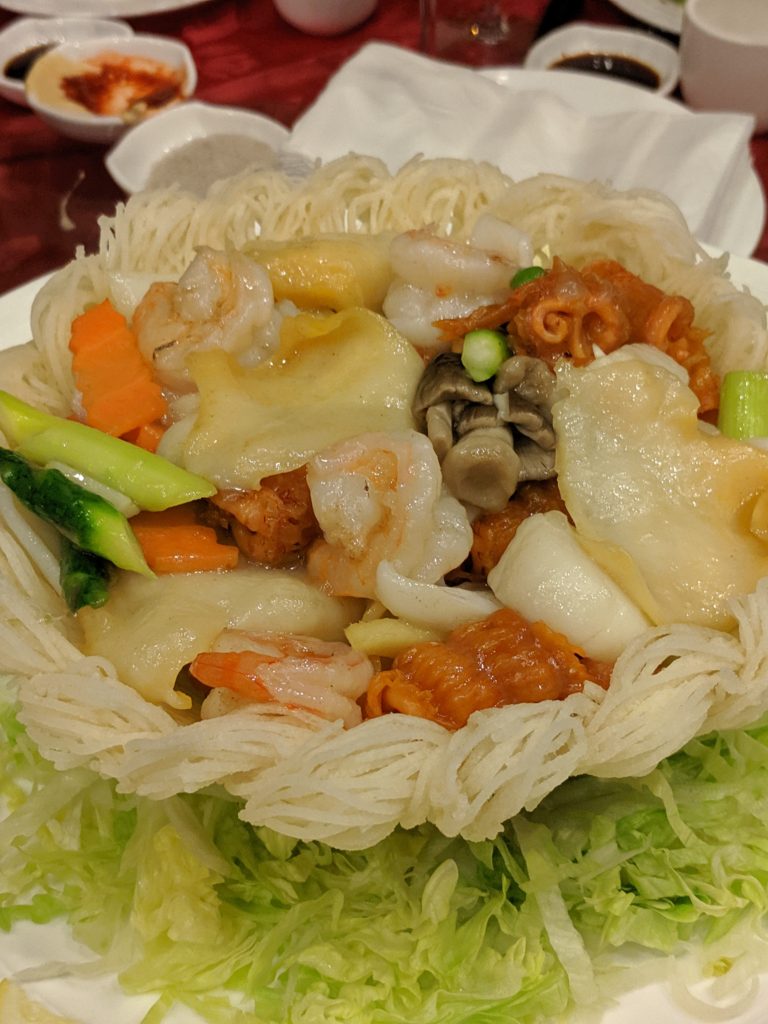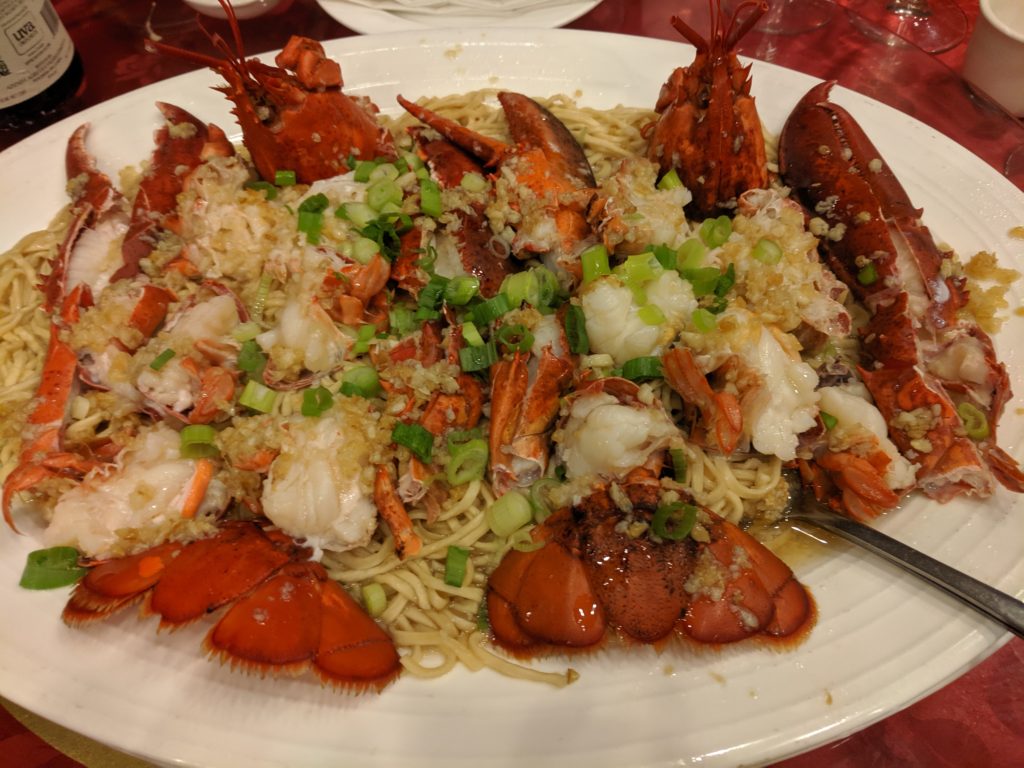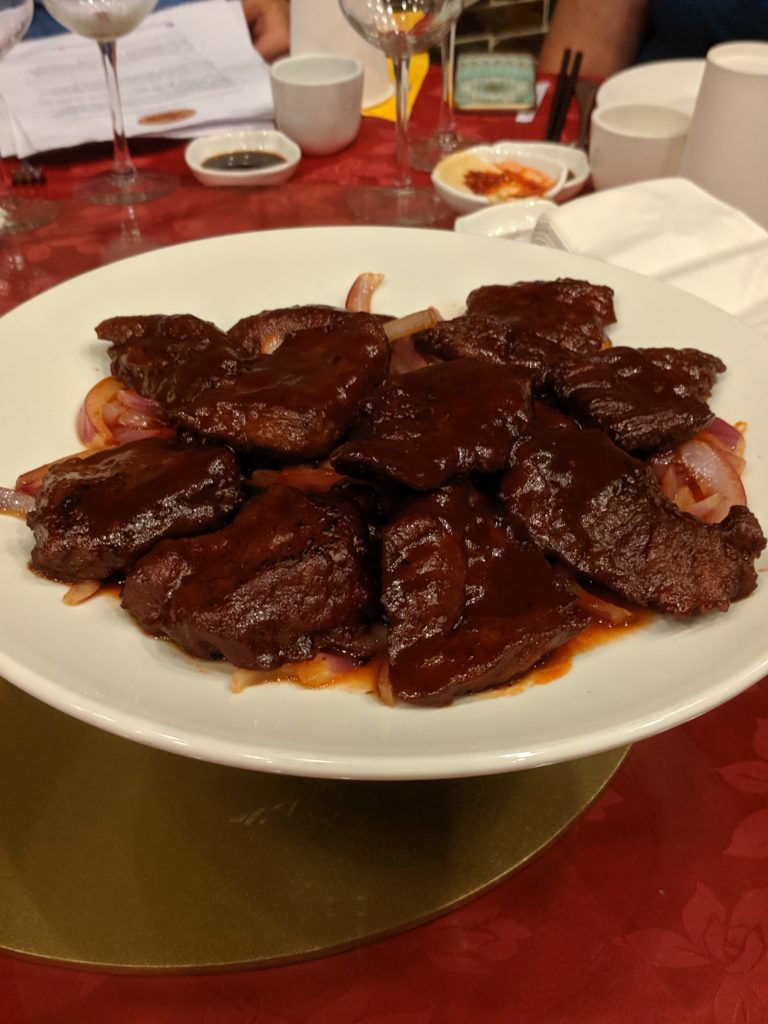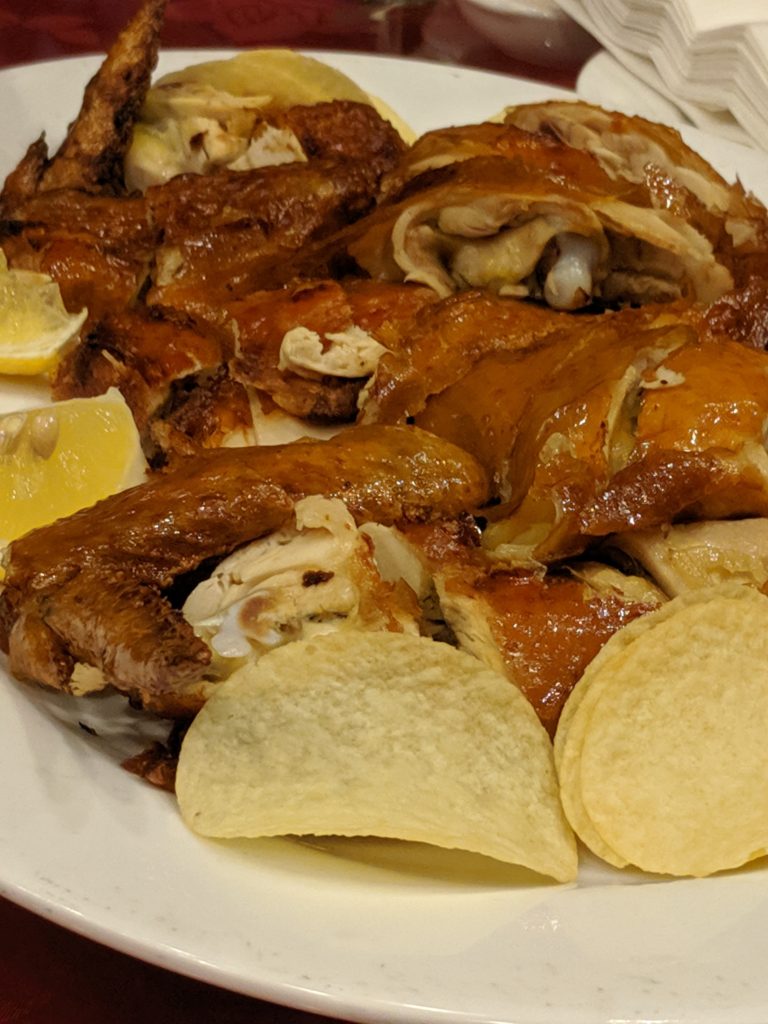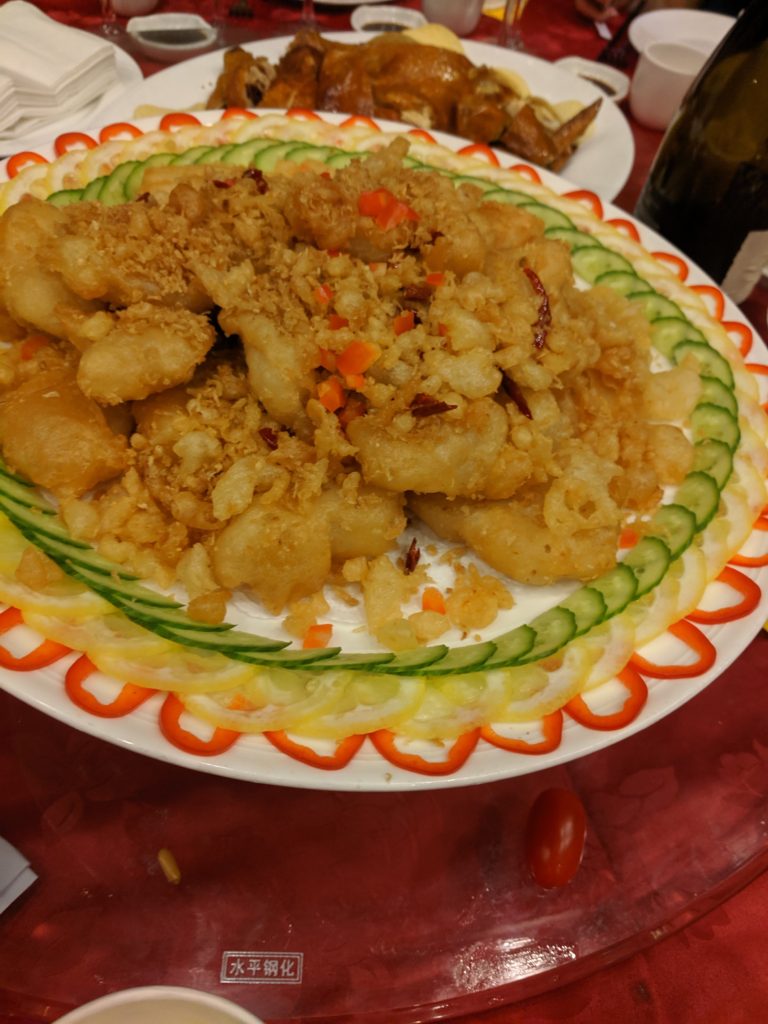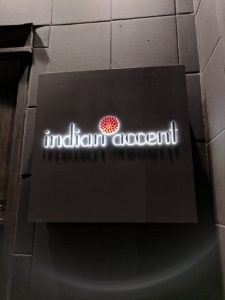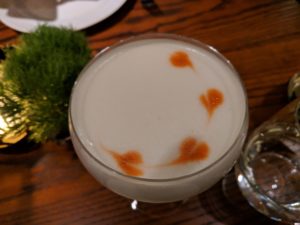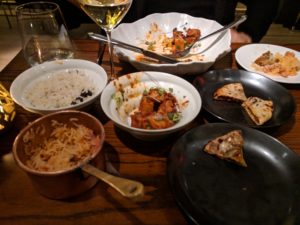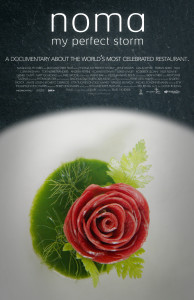
I’ve noticed an interesting trend recently of food and wine products banding together to take their message to the masses. Case in point, the Charming Taste of Europe Consortium dinner I attended a few weeks ago. I think this is a great idea and, frankly, it makes a lot of sense since it can be challenging to showcase a single product and moreover, we don’t eat and drink in a vacuum.
This type of collaborative effort was also seen at the Mediterranean Aperitivo event, which was held at Eataly Flatiron’s winter wonderland rooftop in mid-December. As I was unable to attend, the organizers offered me the opportunity to recreate the festivities at home and I happily accepted.
Admittedly unsure what to expect, I was pleasantly surprised to receive a cute package revealing Vermouth di Torino PGI, Pecorino Toscana PDO, a Costa d’Amalfi PGI Lemon and Greek olives, along with an informative guide. You’ll spot a lot of letters in the above product names and that’s both intentional and important.
Specifically, PDO (Protected Designation of Origin) and PGI (Protected Geographical Indication) are legal terms that mean that the products have been deemed by the European Union to be of high quality and of particular connection to a territory or geographical area. Much like Champagne (a sparkling wine that only comes from the Champagne region in France), these labels signal to the consumer that this is a special product coming from a very specific place.
Vermouth di Torino PGI: While many people are familiar with vermouth in the context of a martini, they may not know precisely what vermouth is. It is, in fact, an aromatized wine. In this regard, a local wine has been infused with local, aromatic plants. Think of it as the gin of wine! Vermouth is commonly produced in alpine areas and Piedmont’s Torino, at the foothills of the Alps, is no exception. The region’s vermouth developed its stellar reputation in the 18th century and has continued to uphold the same standards and receive continued recognition.
While the guide suggested making a classic martini, paired with the enclosed Greek olives, our household was a bit shy of the required quantities of either gin or vodka at that moment. Instead, I opted to mix up a slightly altered version of the guide’s other recipe, Contessa of Piedmont, substituting the sweet vermouth for the dry and Campari for the Aperol. It was well balanced and delicious with floral and botanical notes!
Pecorino Toscano PDO: While pecorino is a general term for cheese produced from sheep’s milk, Pecorino Toscano PDO hails specifically from sheep’s milk produced in Tuscany and a few municipalities in Umbria and Lazio. It can be made as a soft or semi-hard cheese, depending on the maturation (20 days and four months minimums, respectively). It was relatively mild and slightly salty, with nice richness.
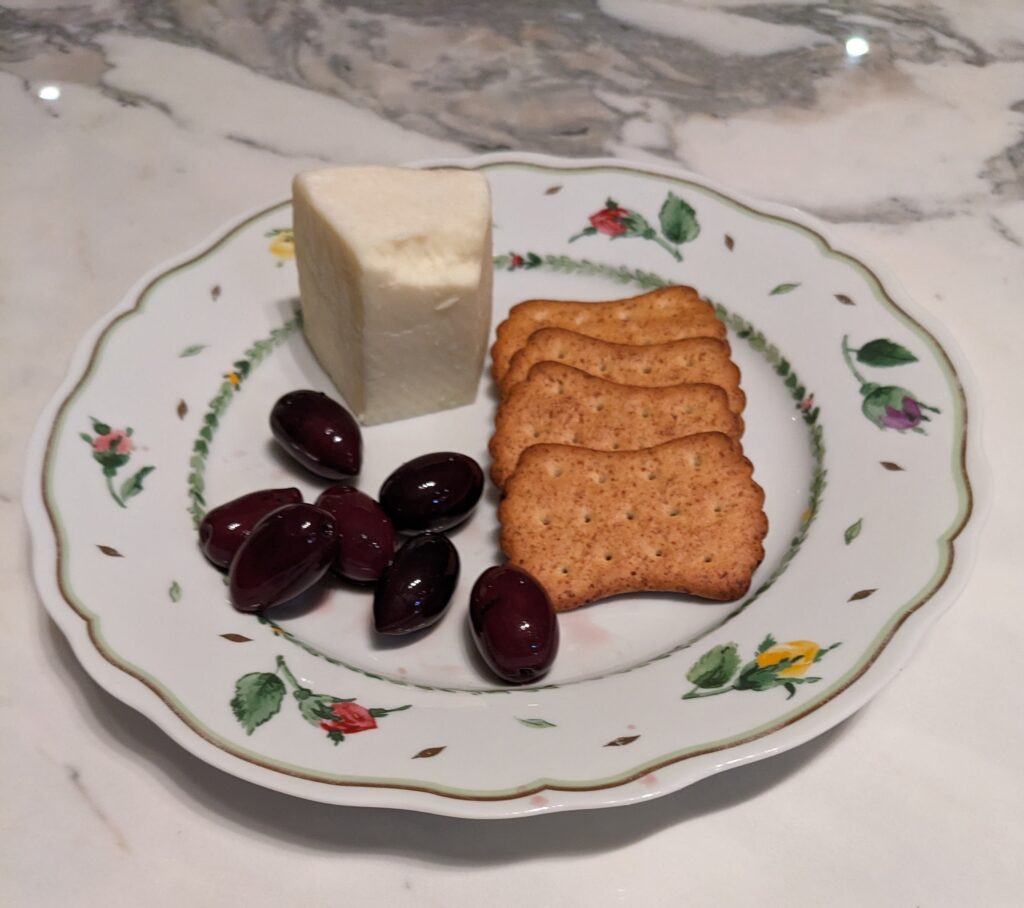
Costa d’Amalfi PGI: Groves for the Costa d’Amalfi PGI lemons were first planted between the 10th and 12th centuries along the coast from Positano and Cetara in Campania. Interestingly, these should not be confused with the lemons of Sorrento, which have their own PGI and are a different variety of lemon. The Costa d’Amalfi lemons are quite large, weighing a minimum of 100 grams and are less acidic than the typical, store-bought lemon. These lemons frequently find their way into limoncello, but as was evidenced by enjoying it on its own, they are great in their unadulterated form, with freshness, beautiful fragrance and bright acidity.
Greek olives: Finally, we have the olives produced in Western Greece, which has a biblical history of olive groves. Formal cultivation of olives within Greece dates to 3500-2500 BCE. Today, the area is home to 150 million olive trees, 600,000 olive farmers and 2,800 mills. The type of olives wasn’t specified, but I suspect them to be Kalamata olives, with their intense briny, acidic and salty flavors.
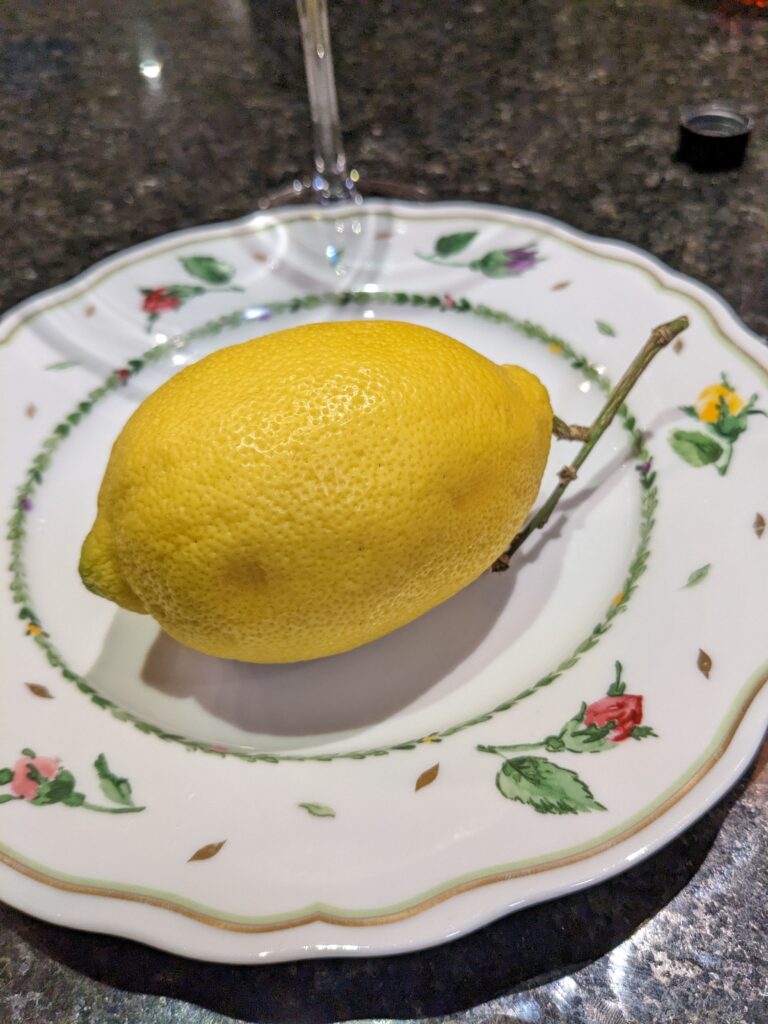
After making my cocktail and plating up the cheese, olives and crackers, I sat down to enjoy a wonderful collection of tastes and flavors, all of which proved to be a perfect pairing. Overall, I encountered lots of freshness on the plate and in the glass. The next time you are shopping for various ingredients, reward your palate by seeking out the unique products that are produced in very special places. Salut!

